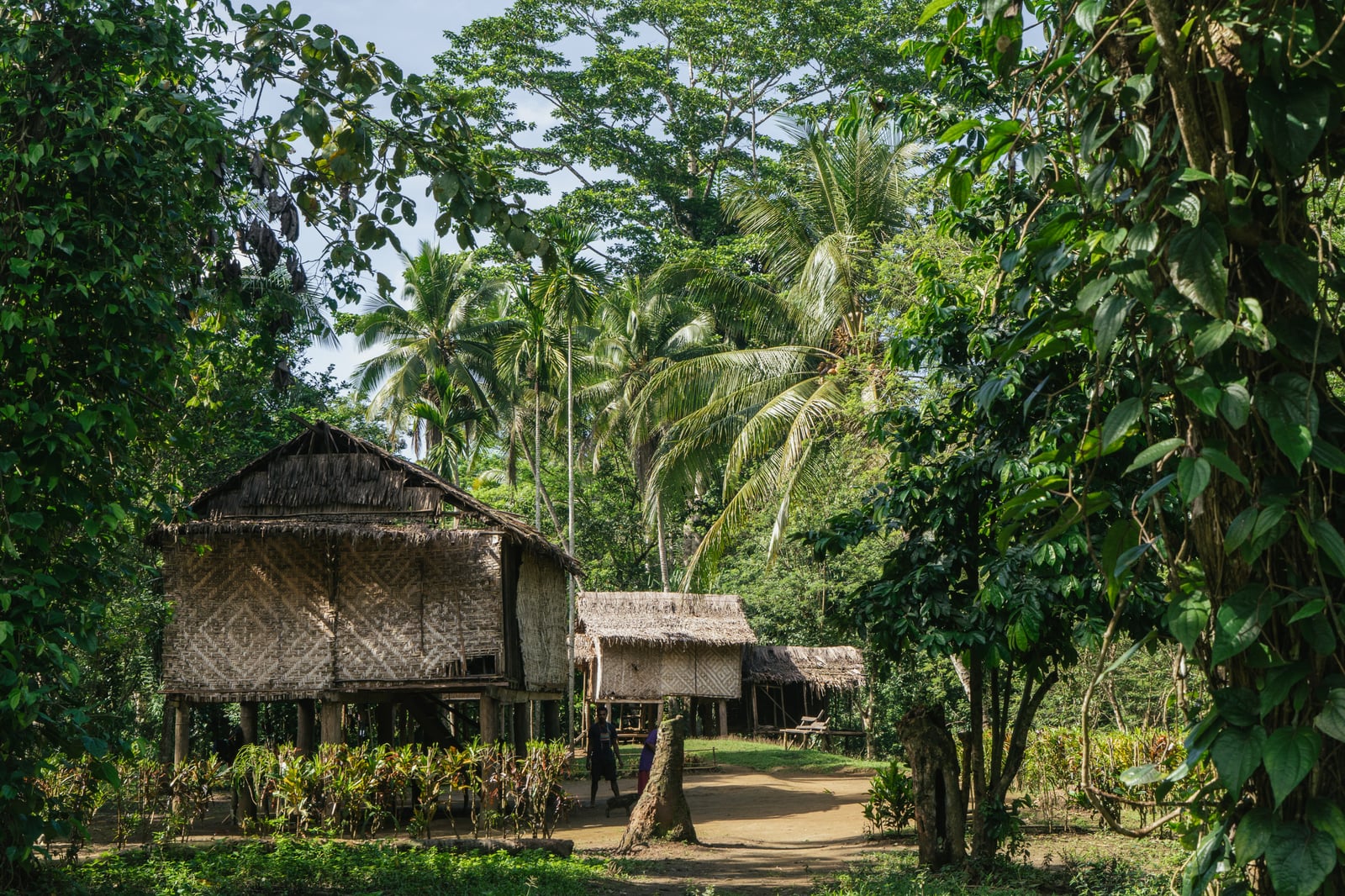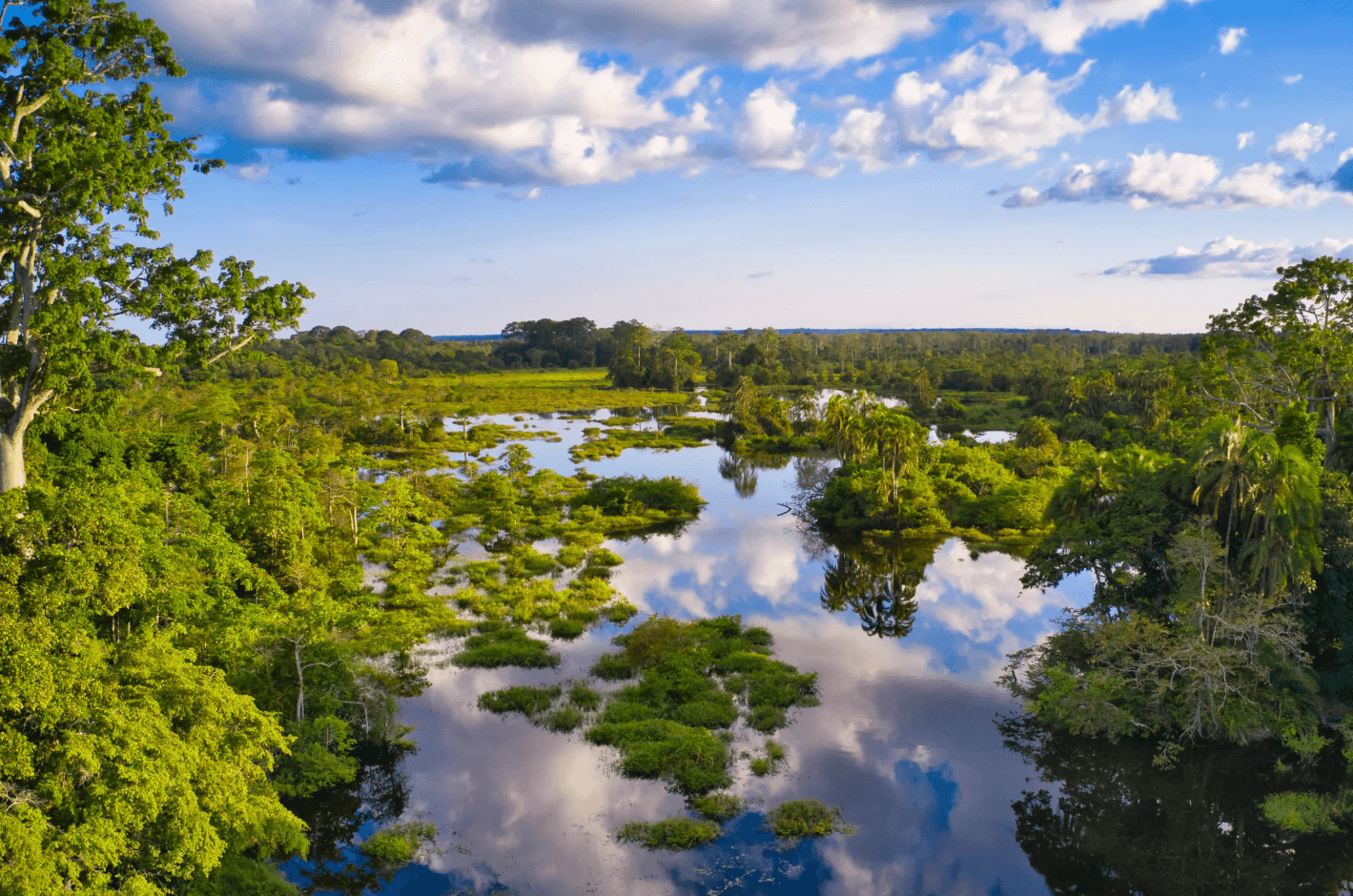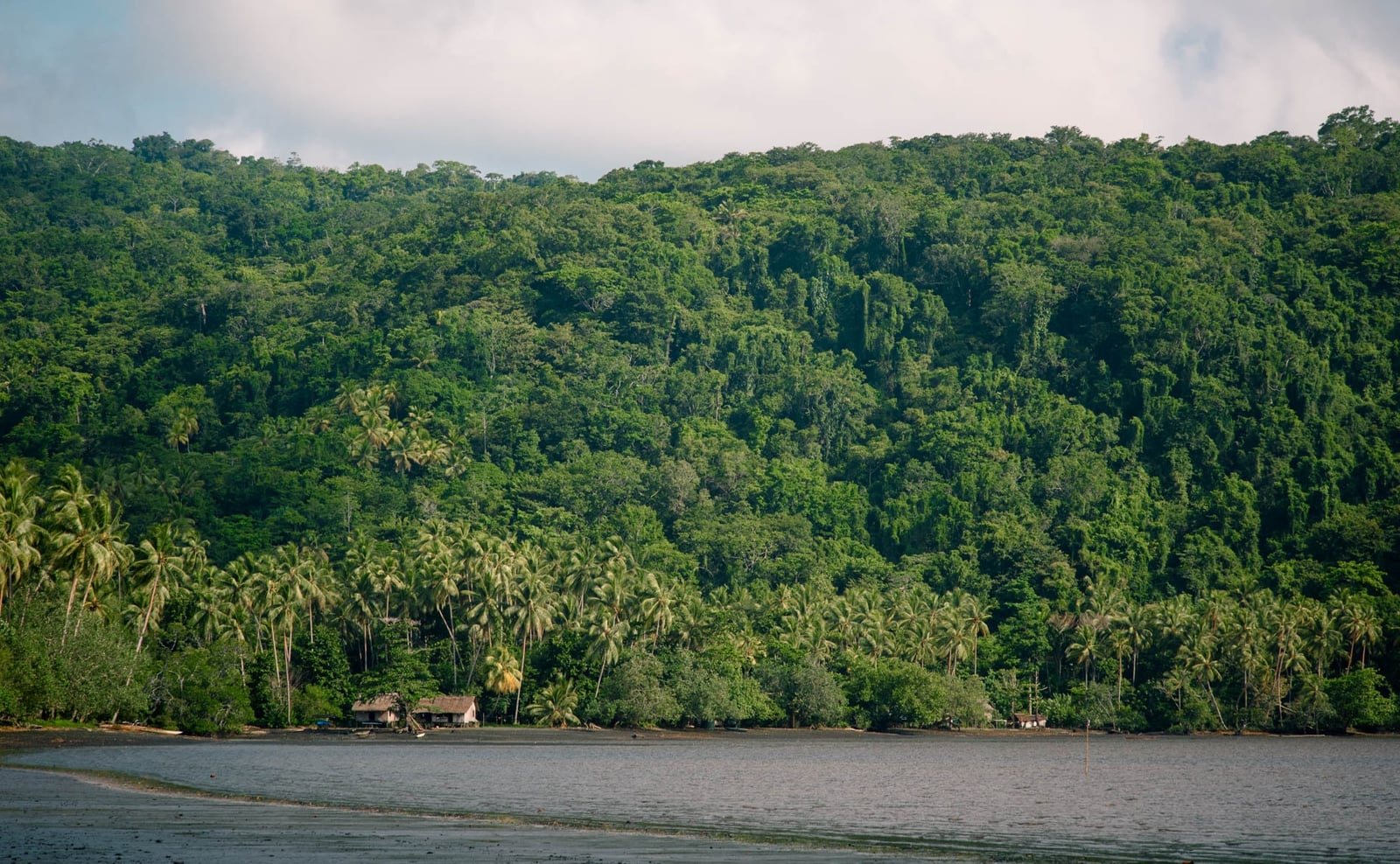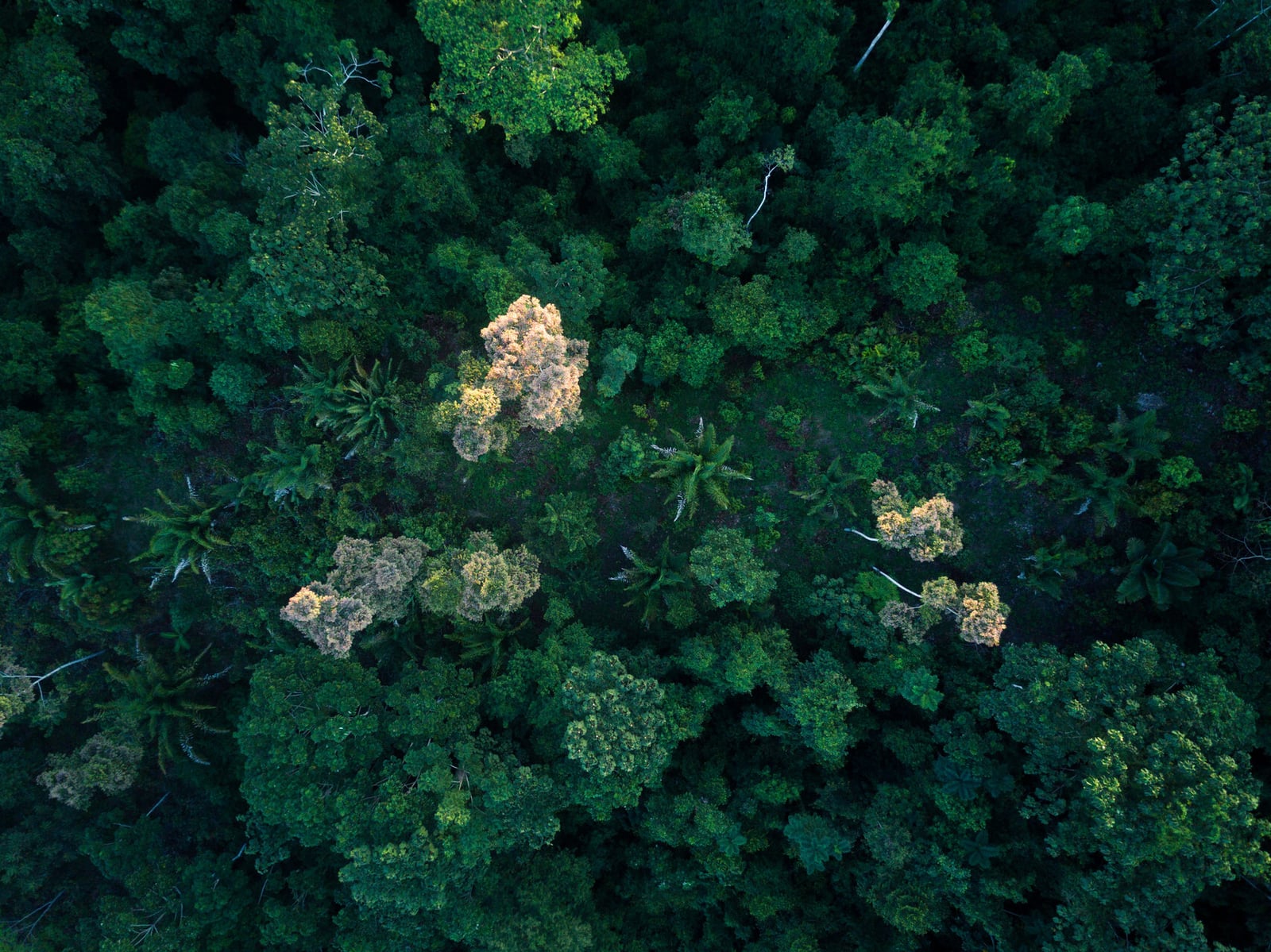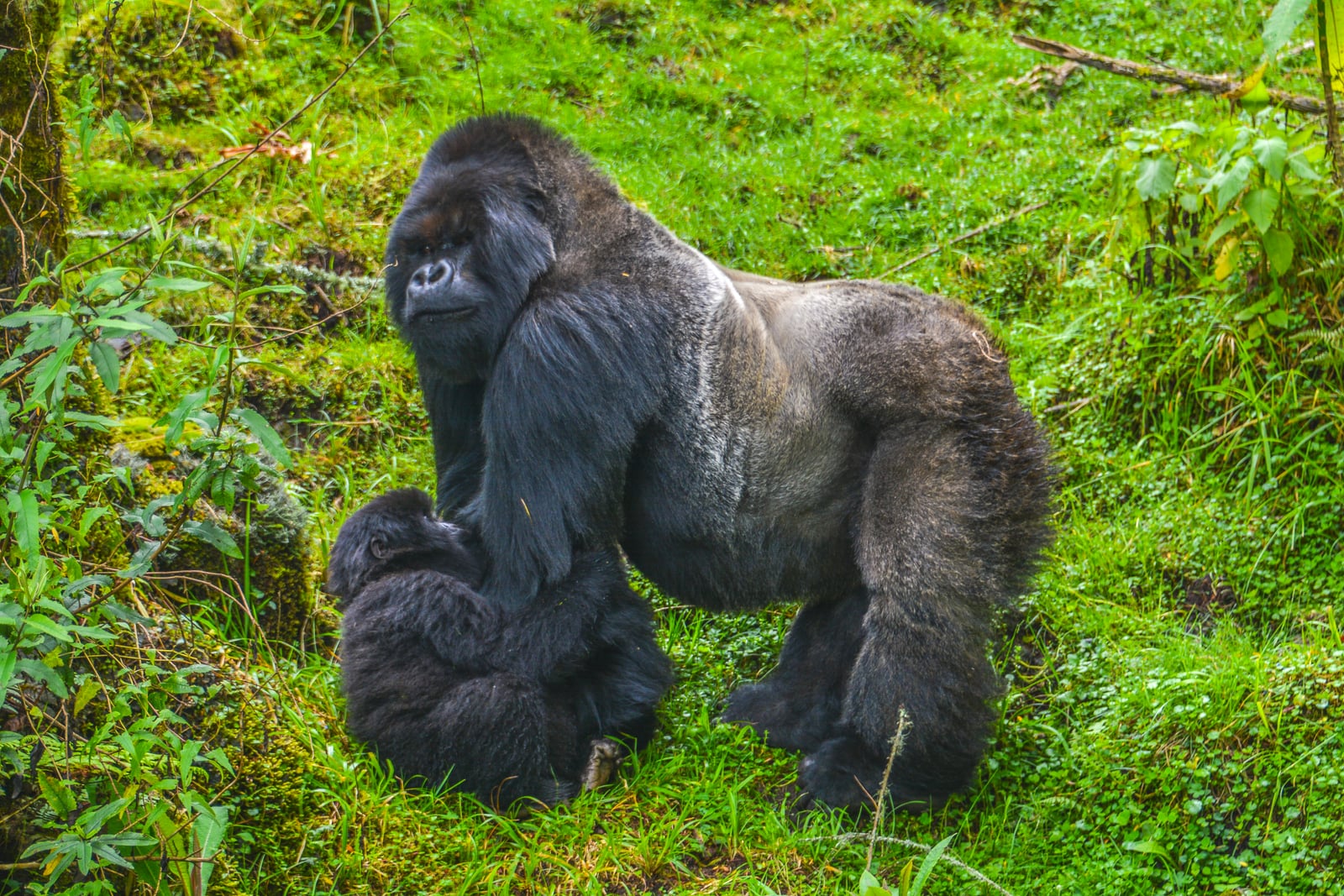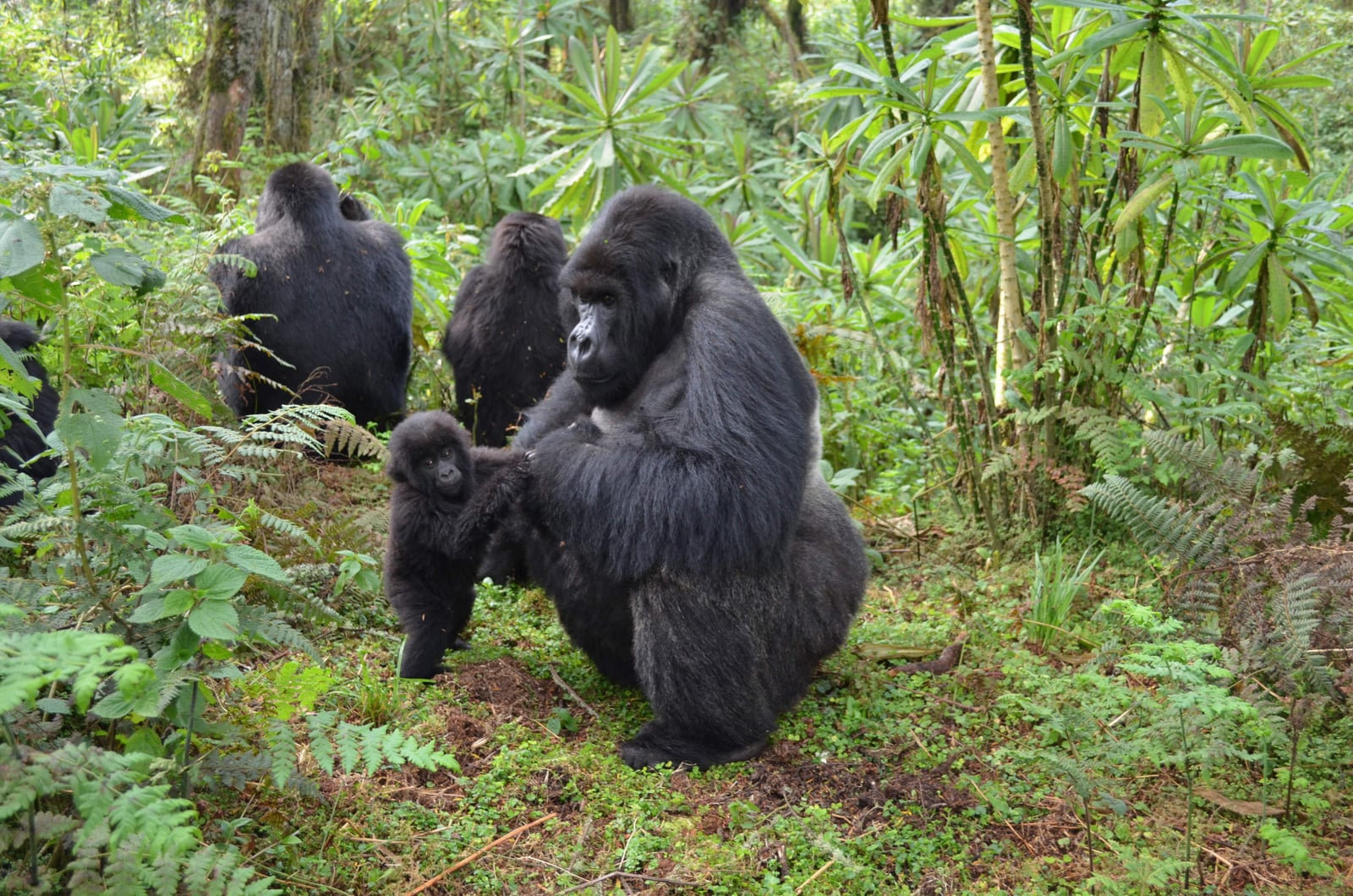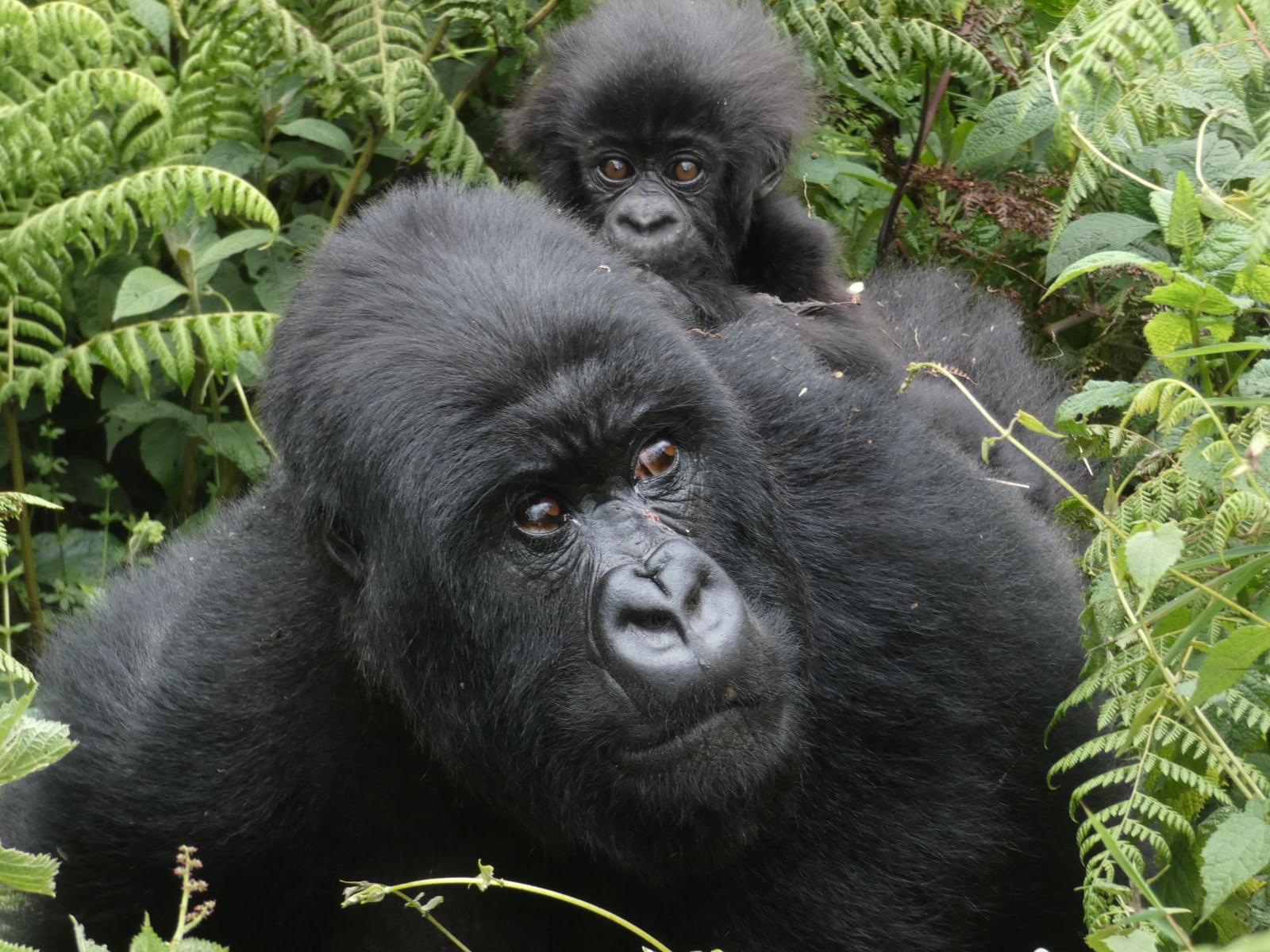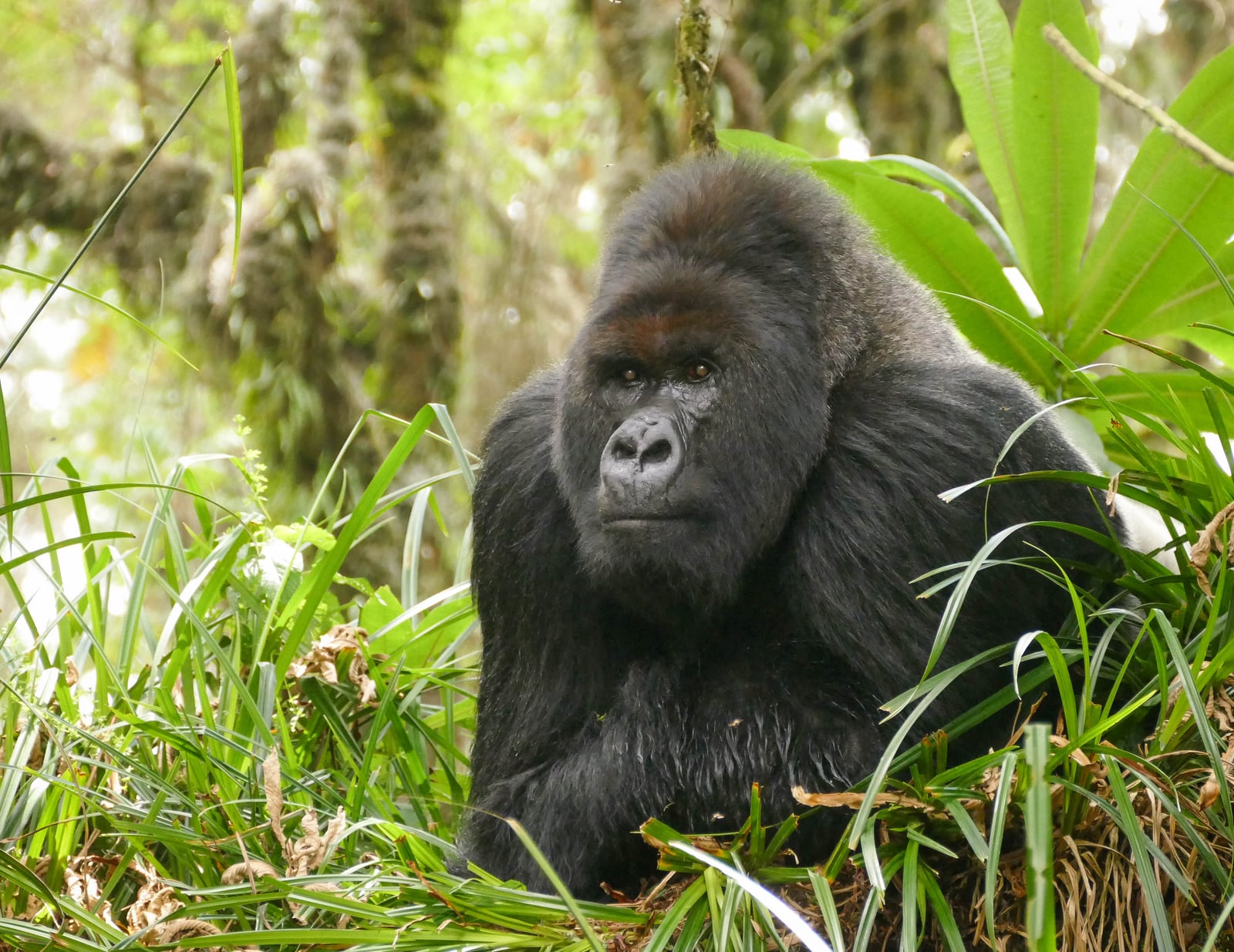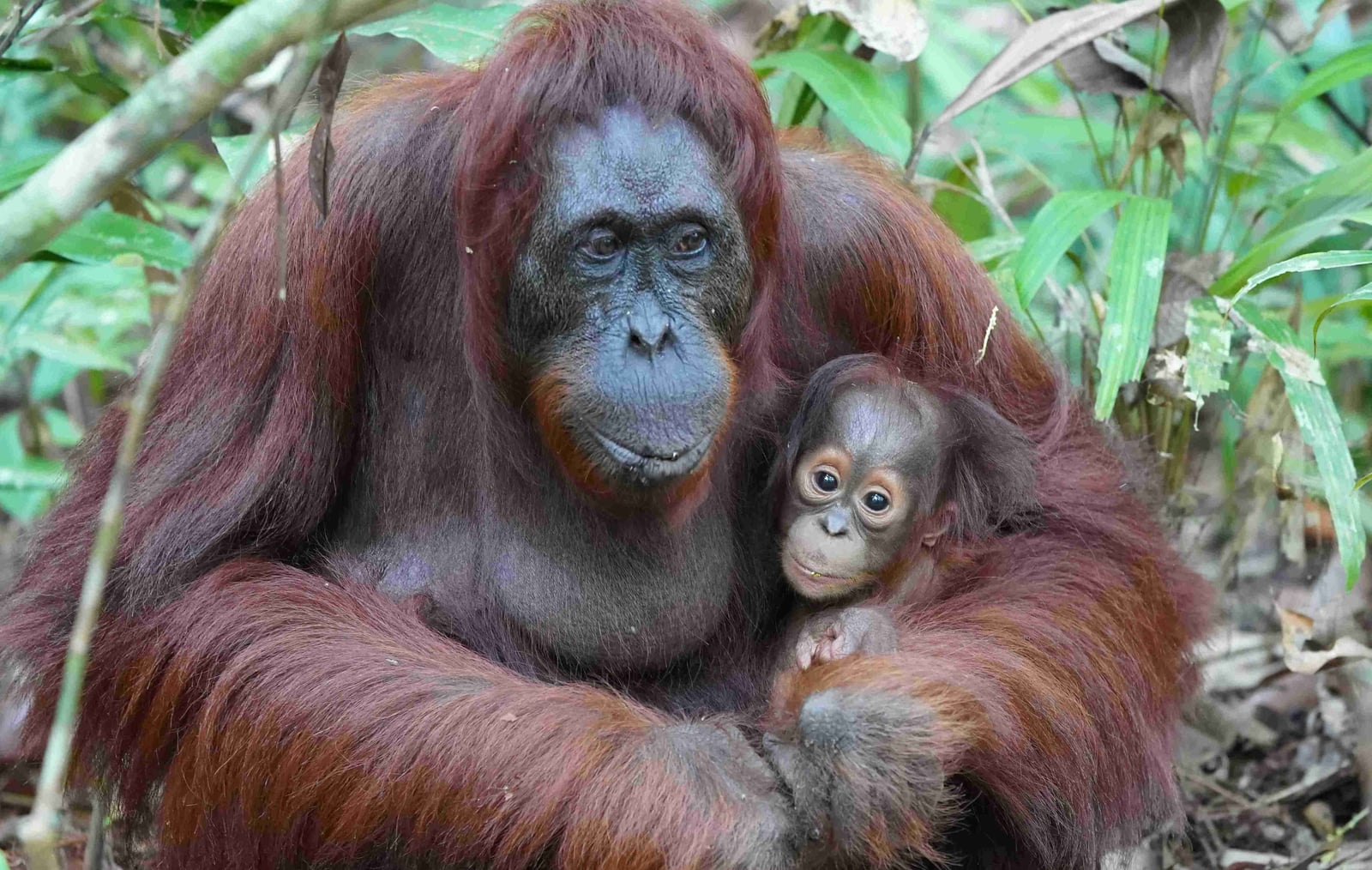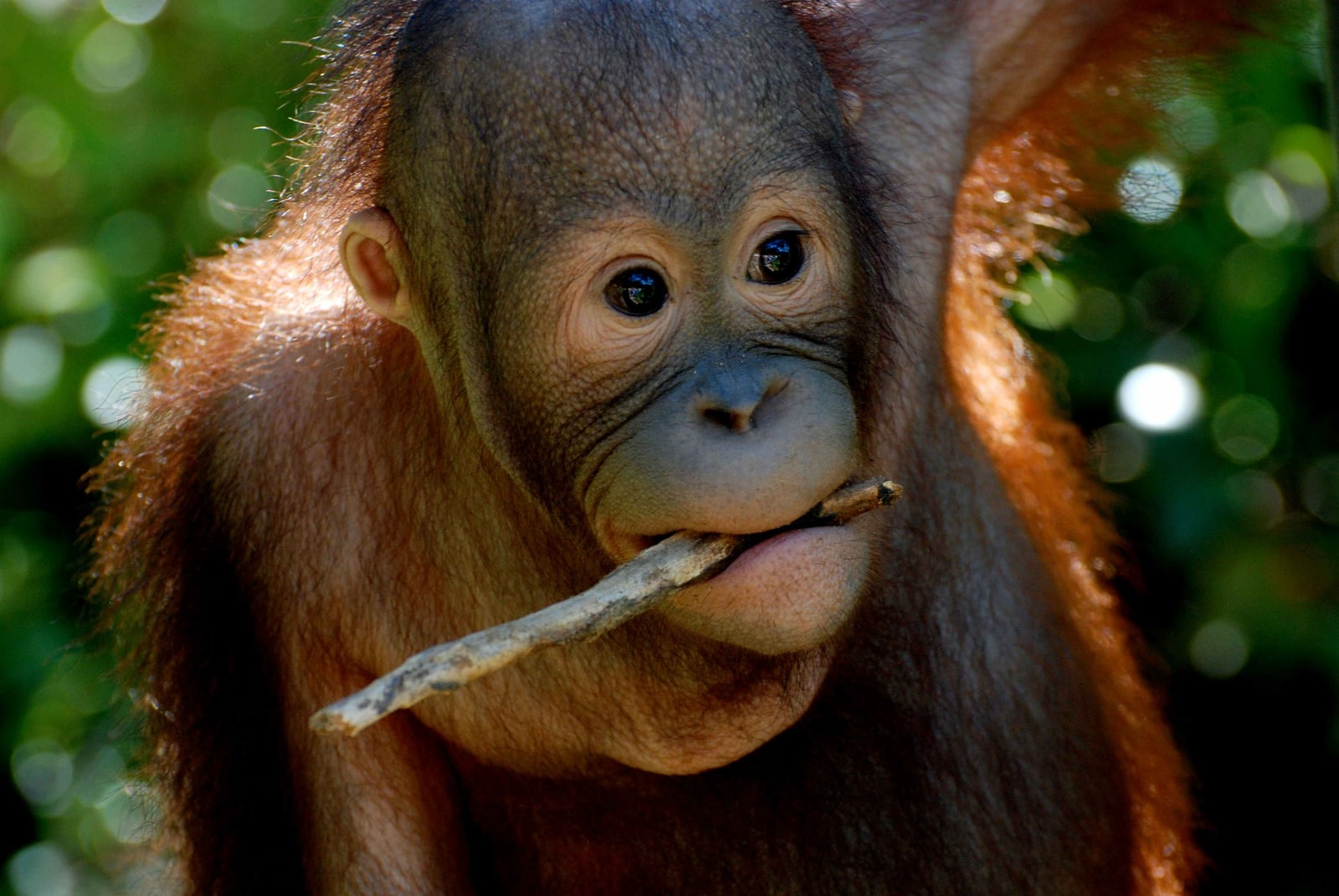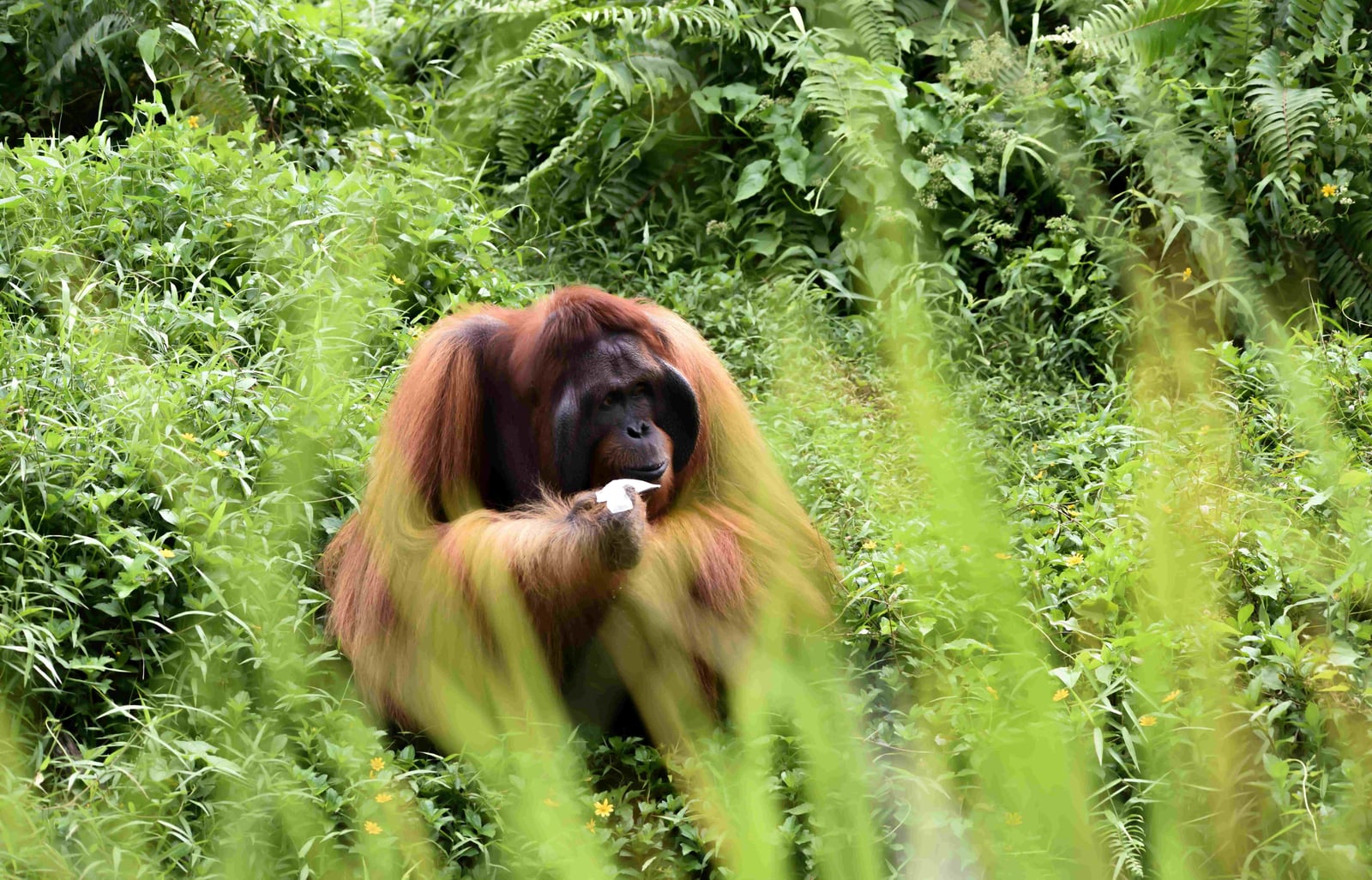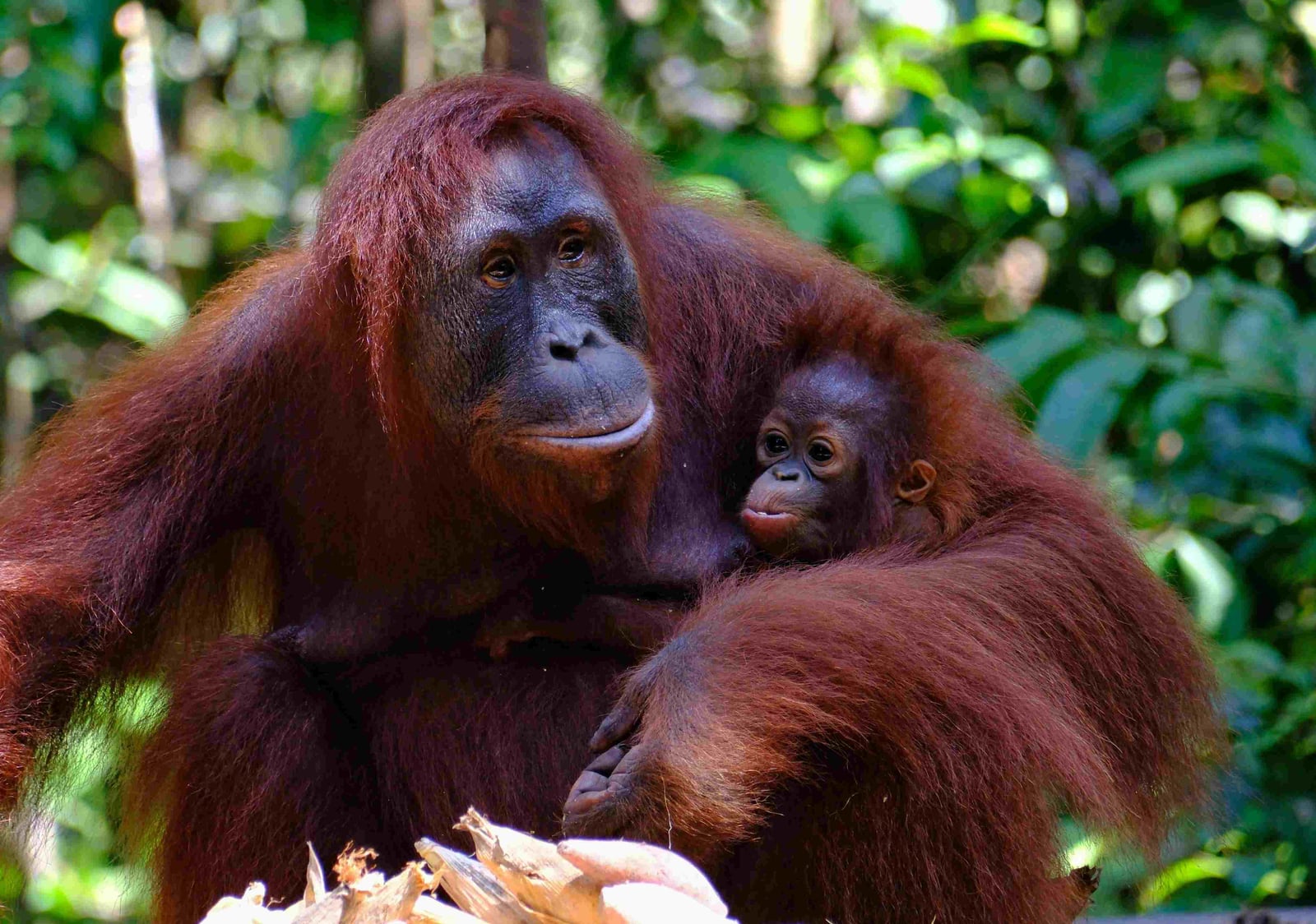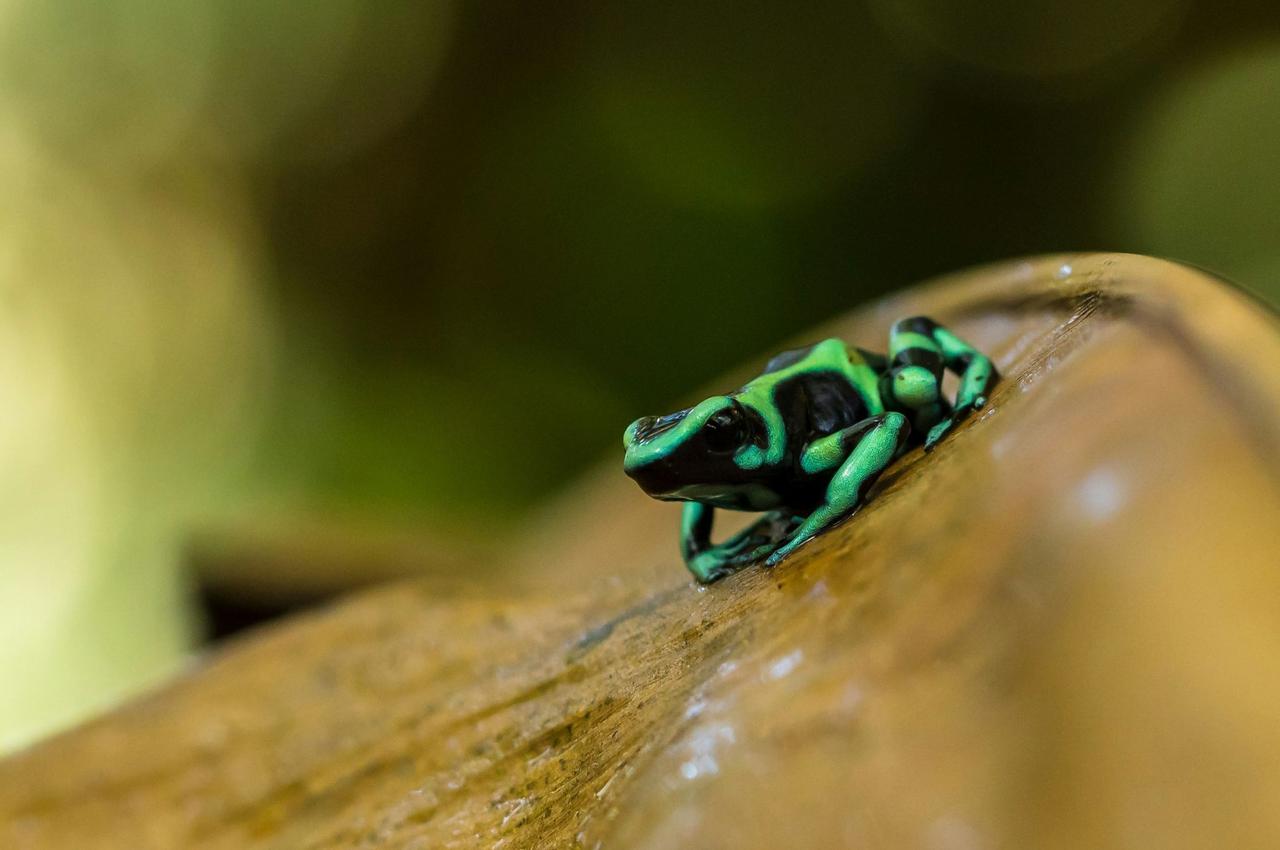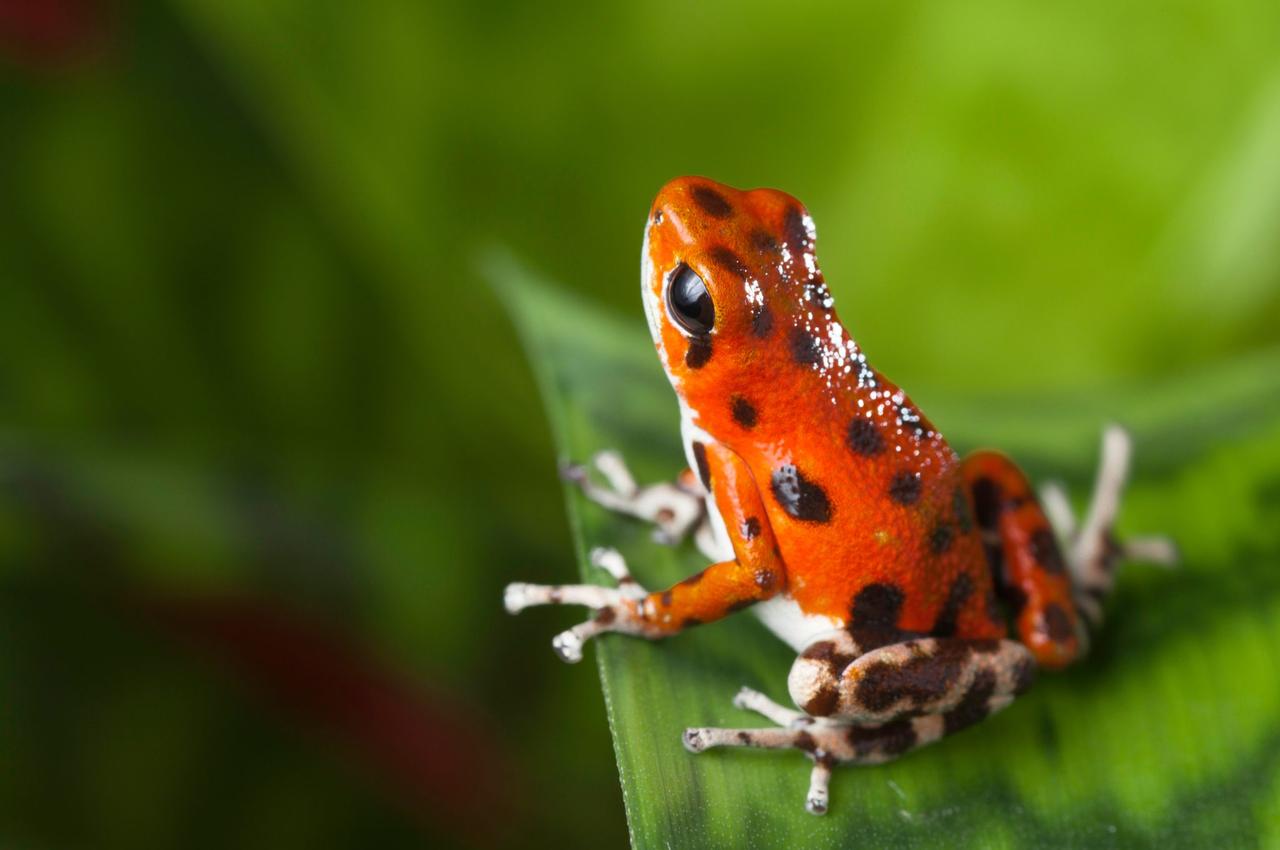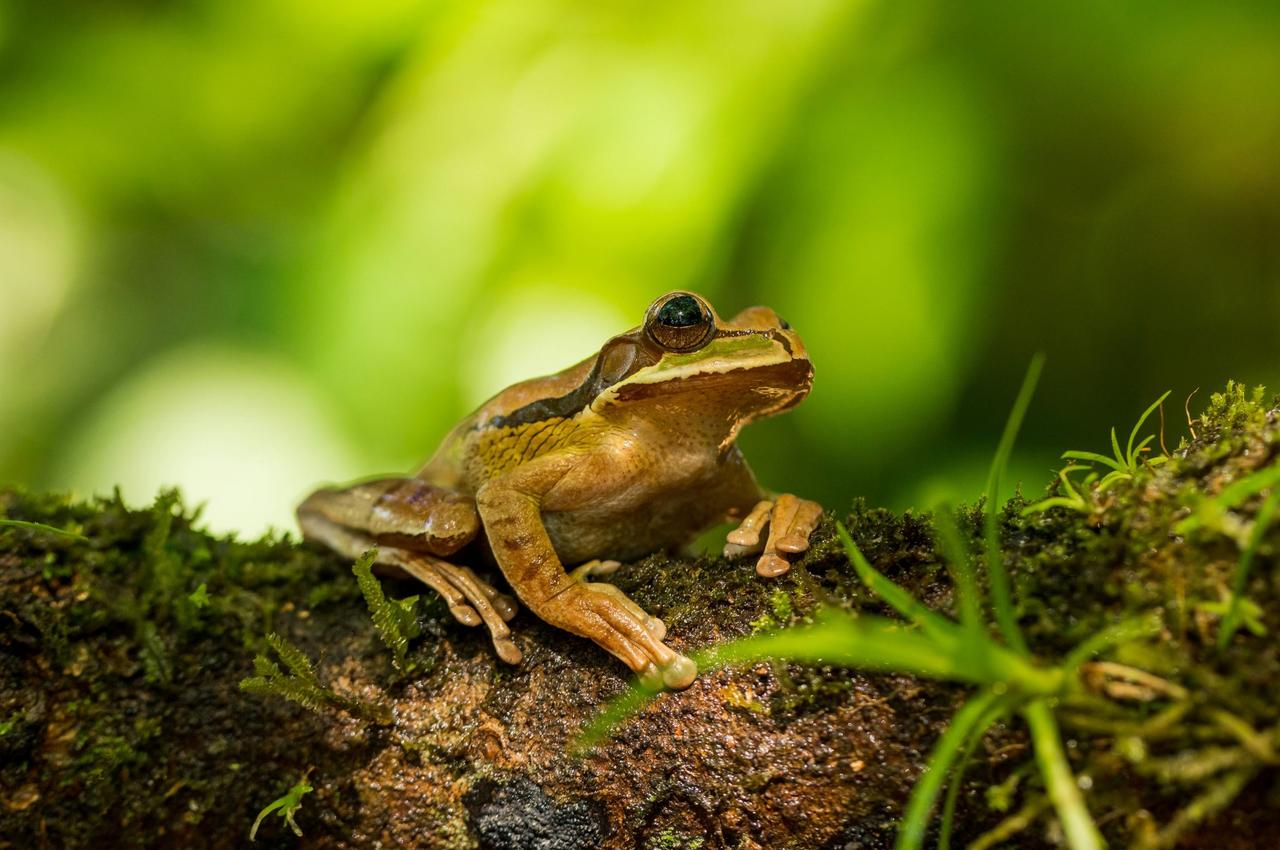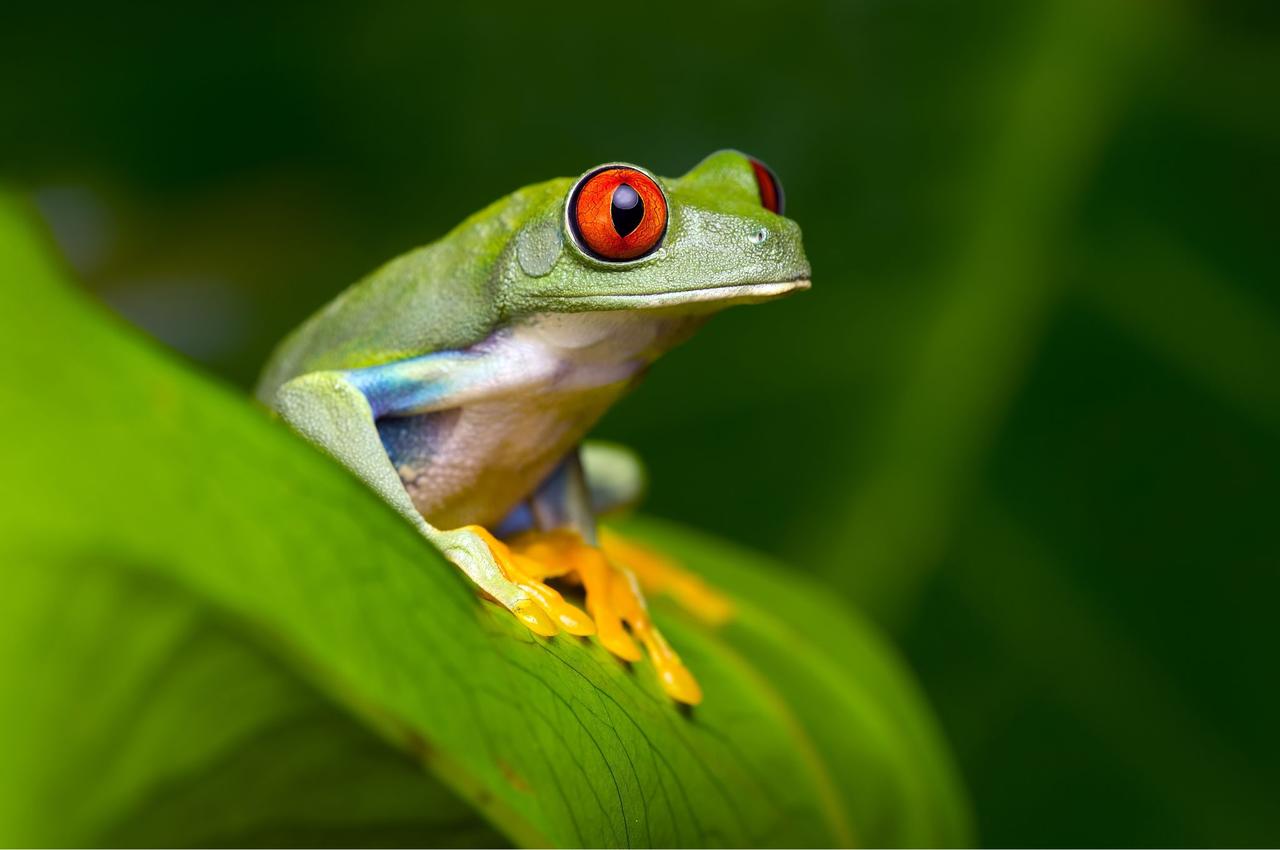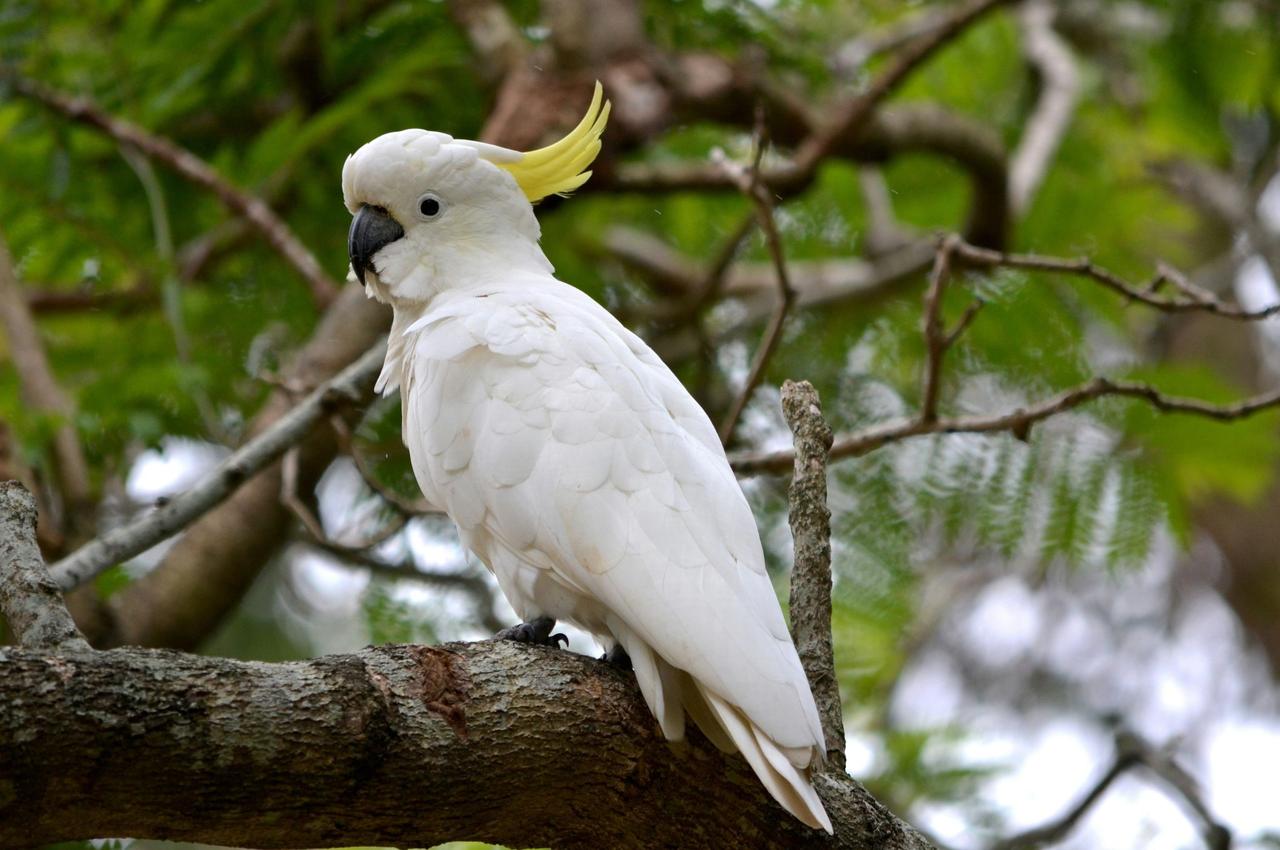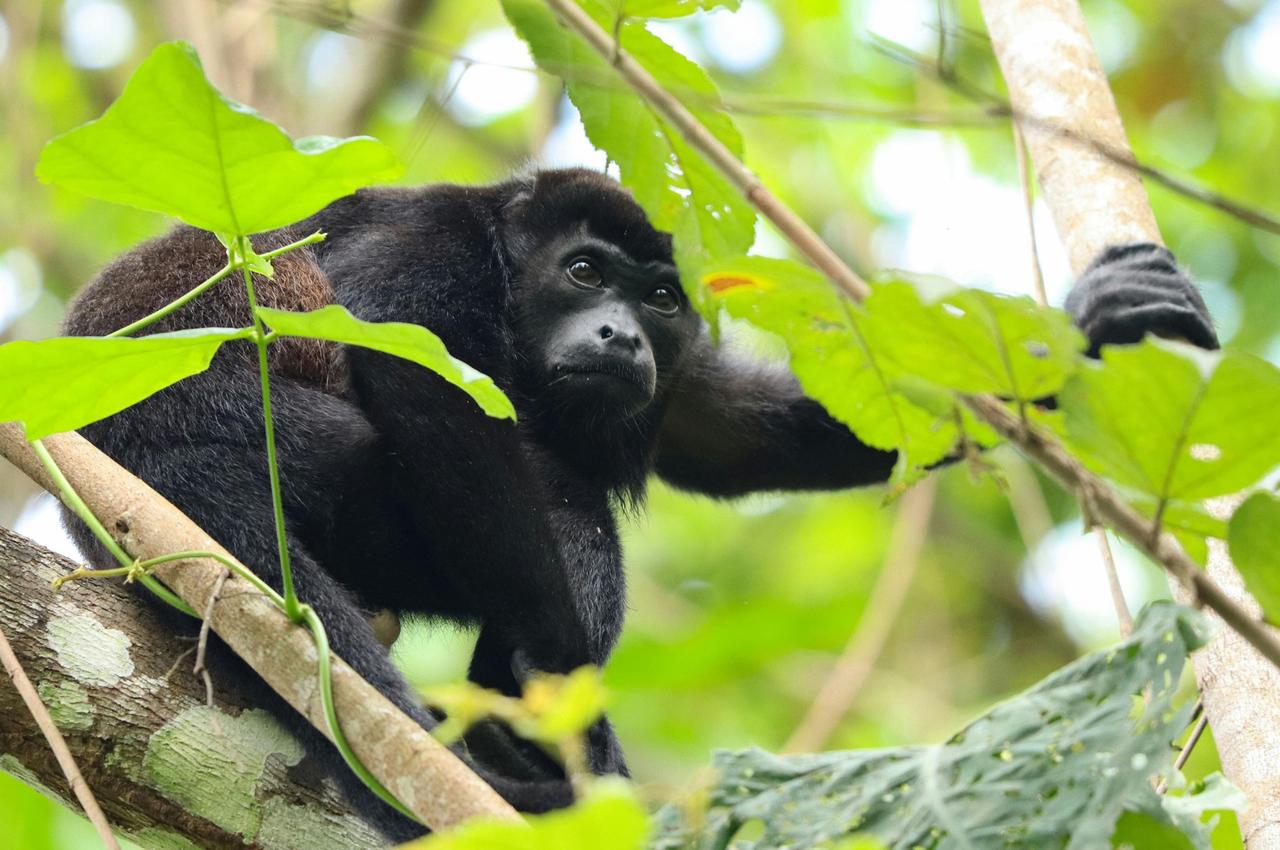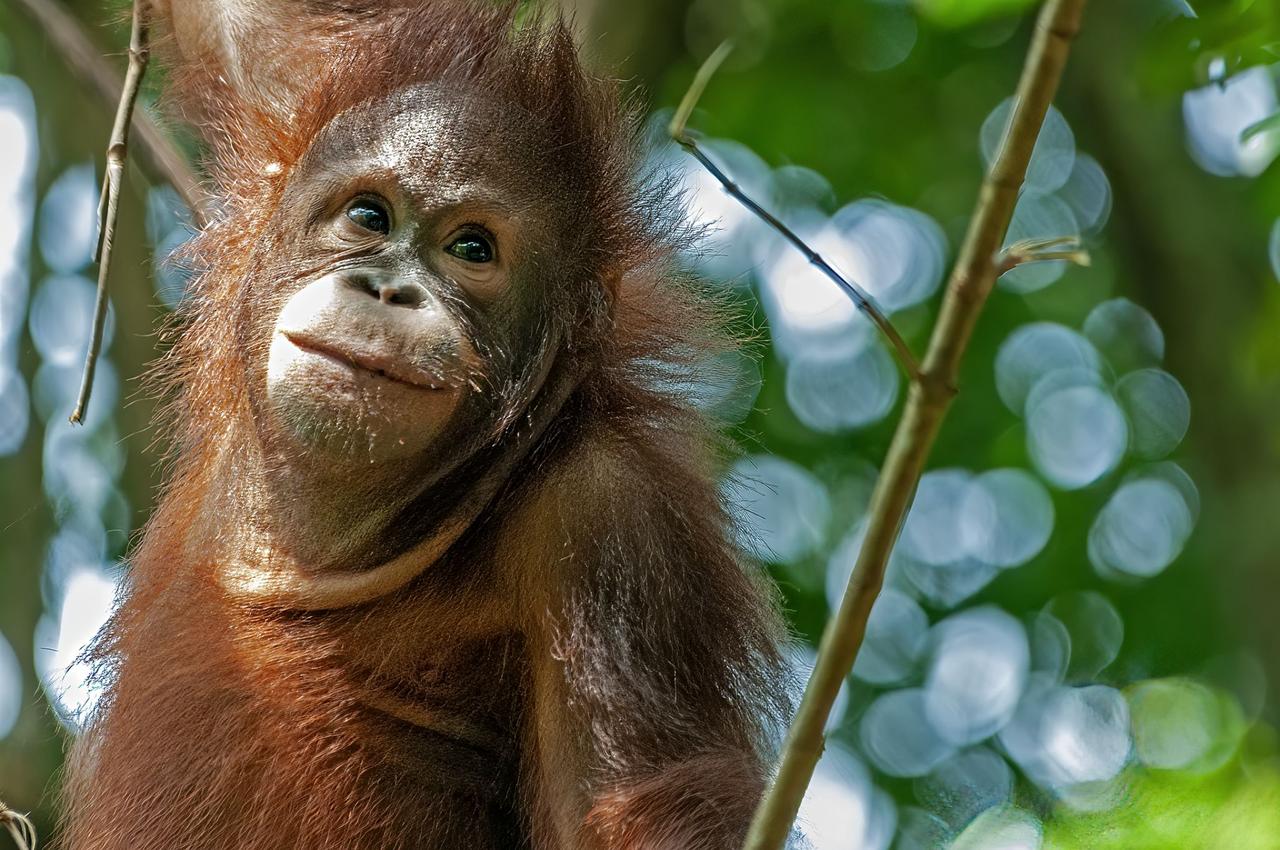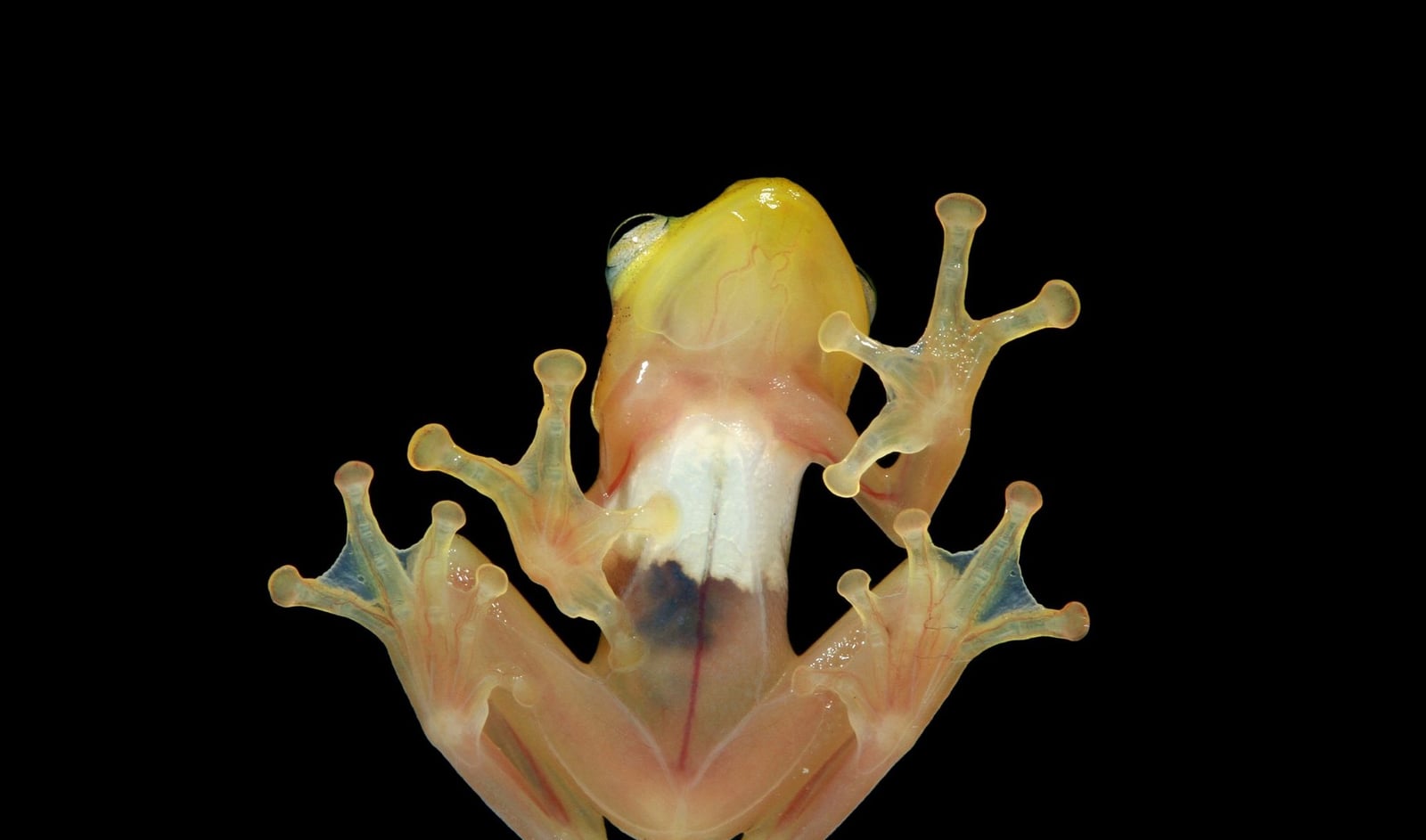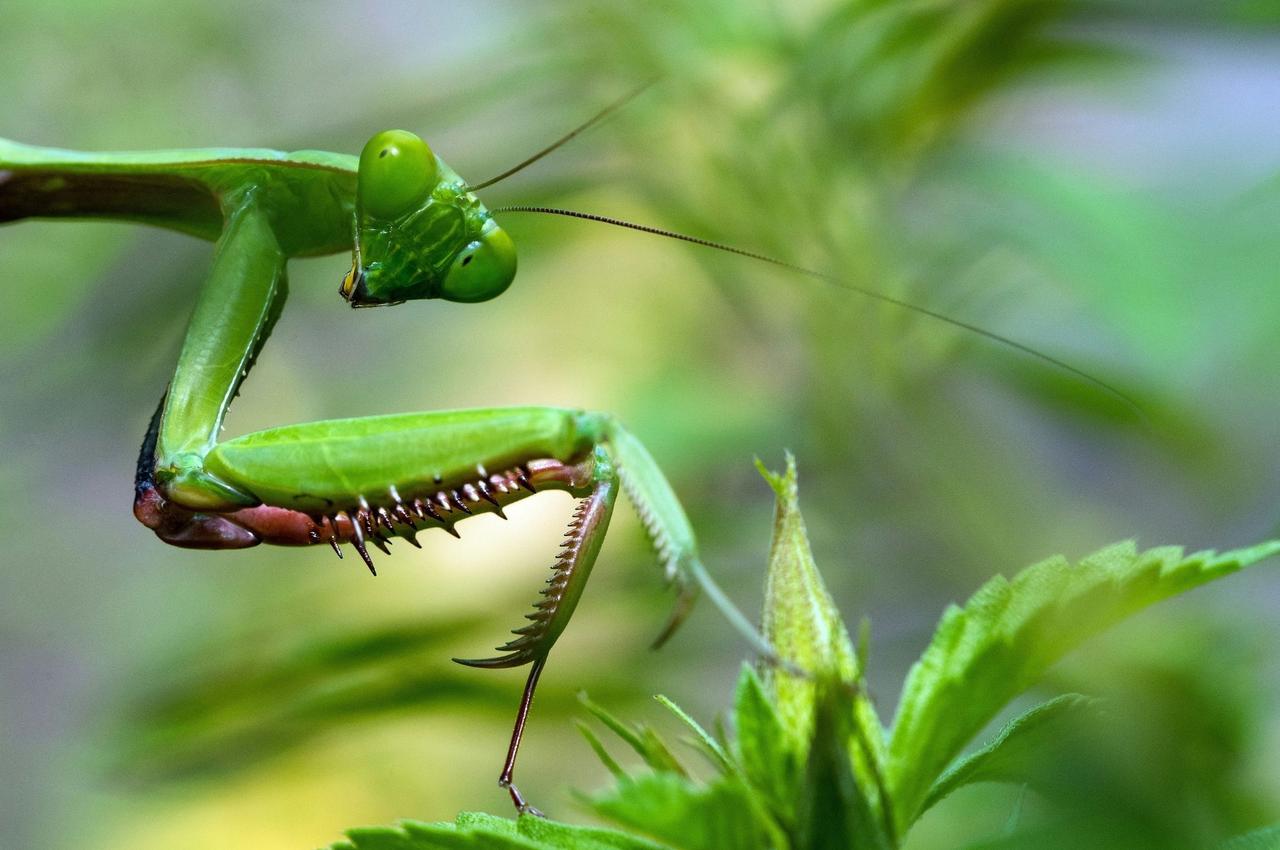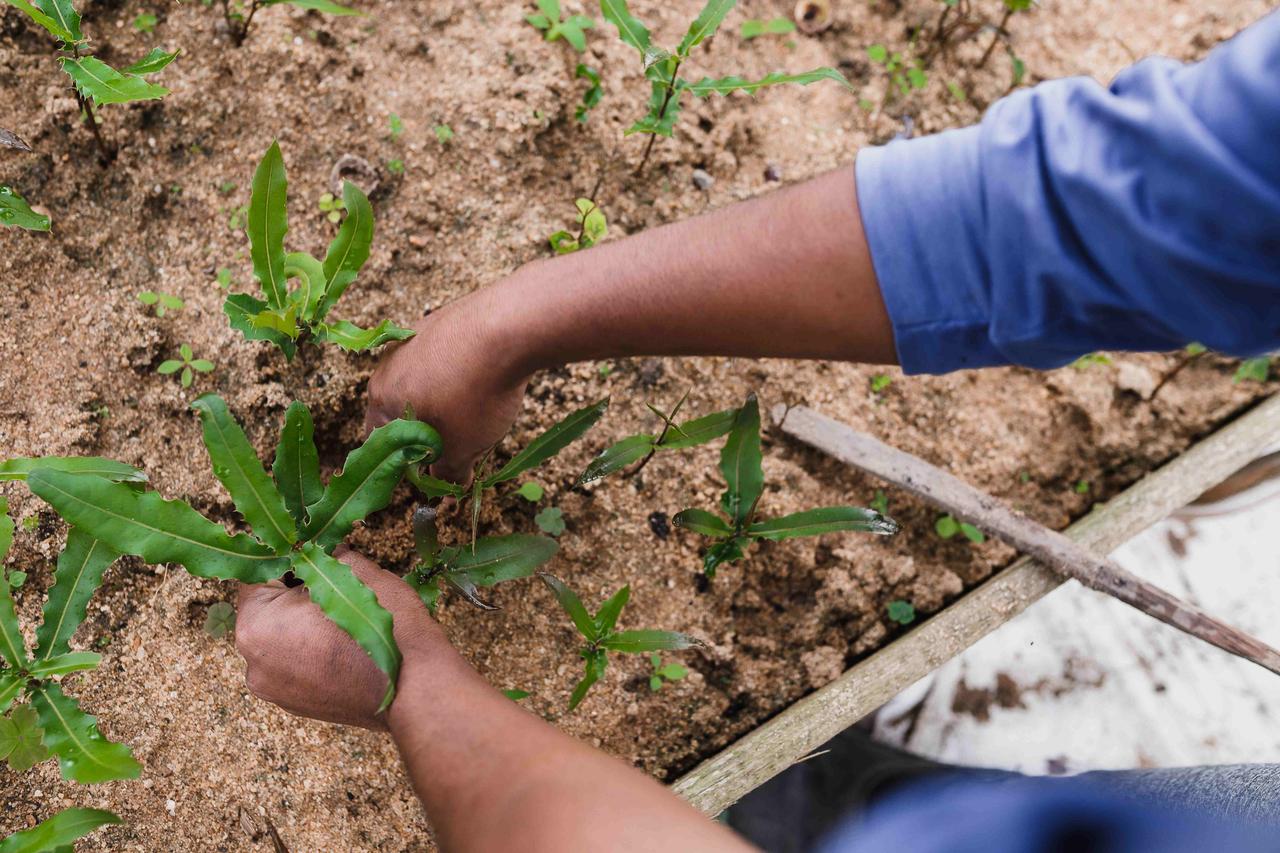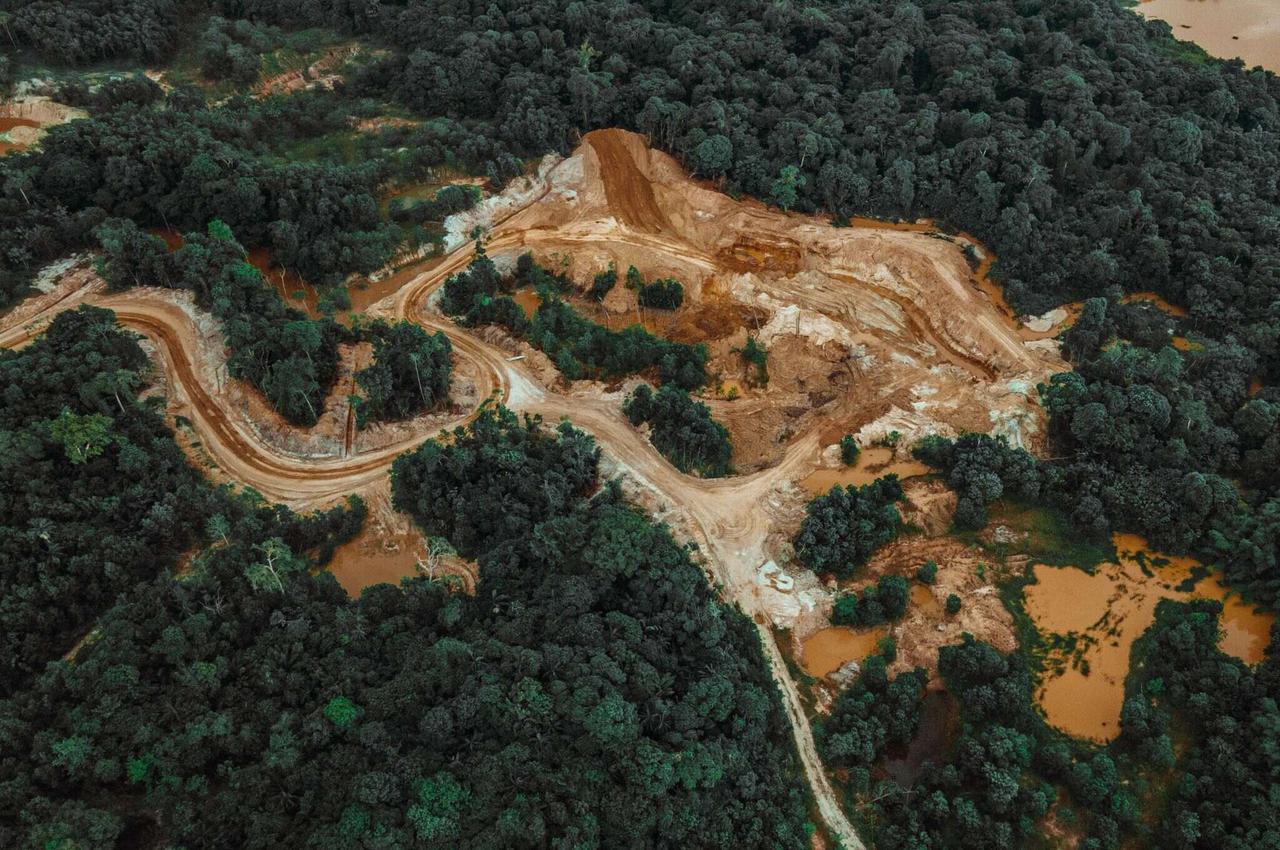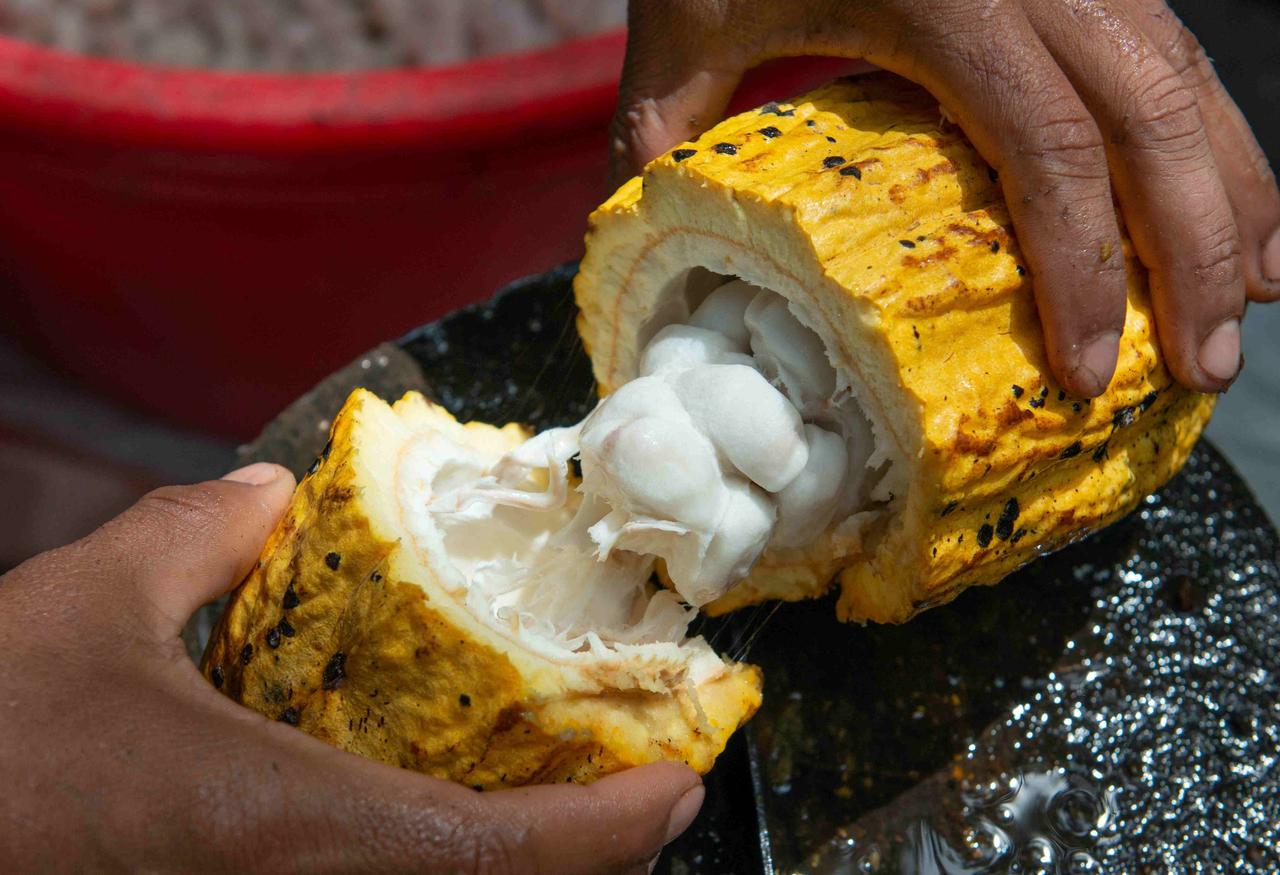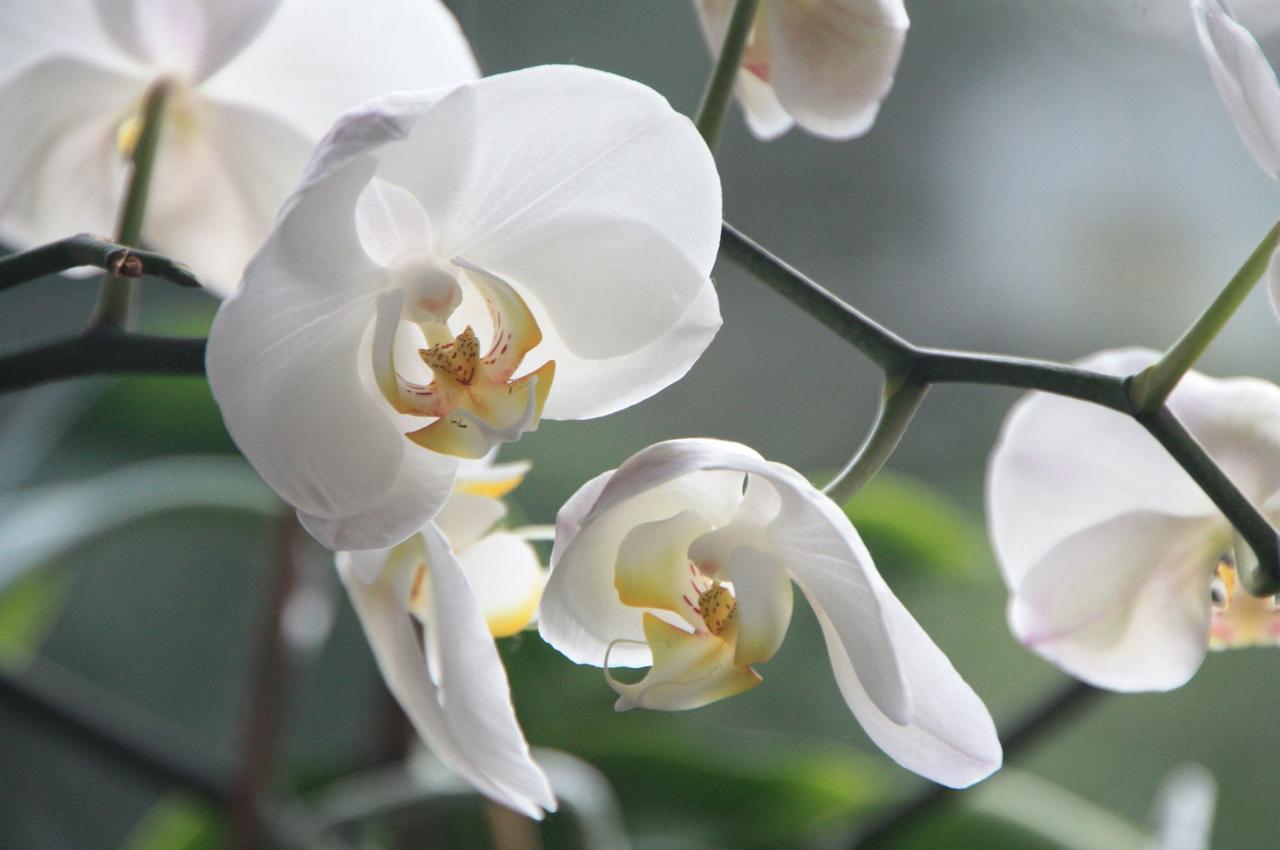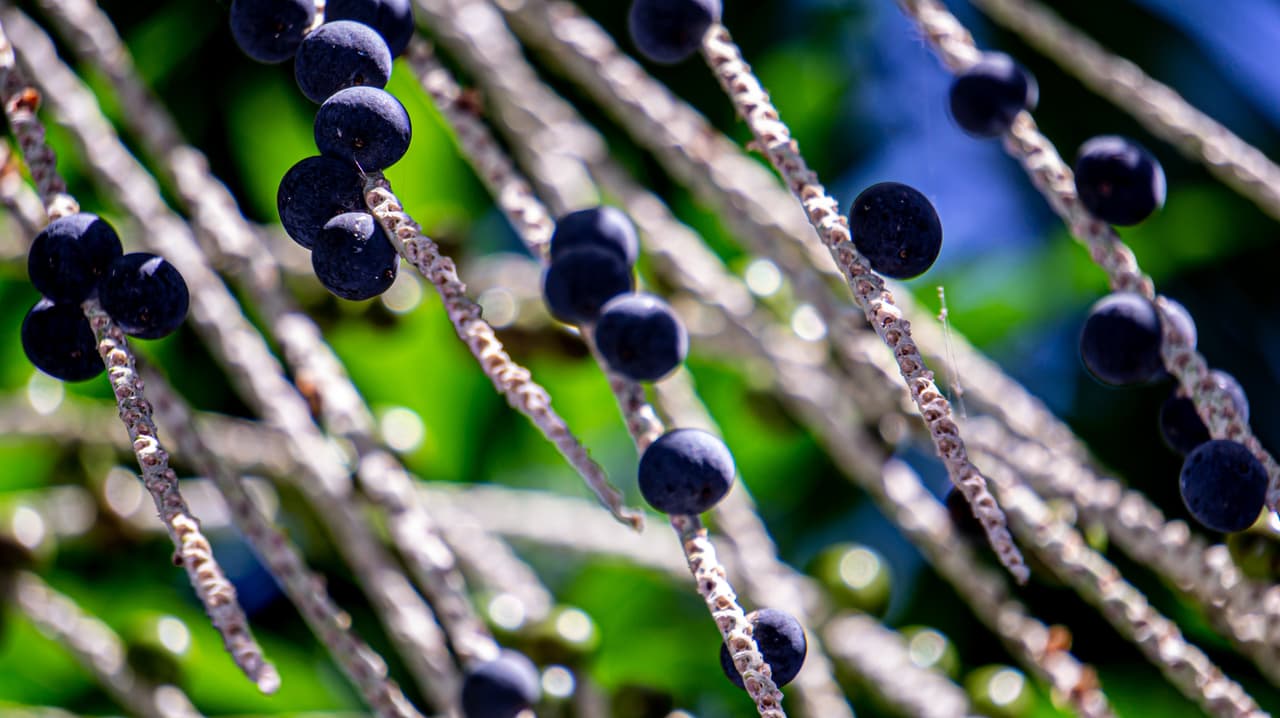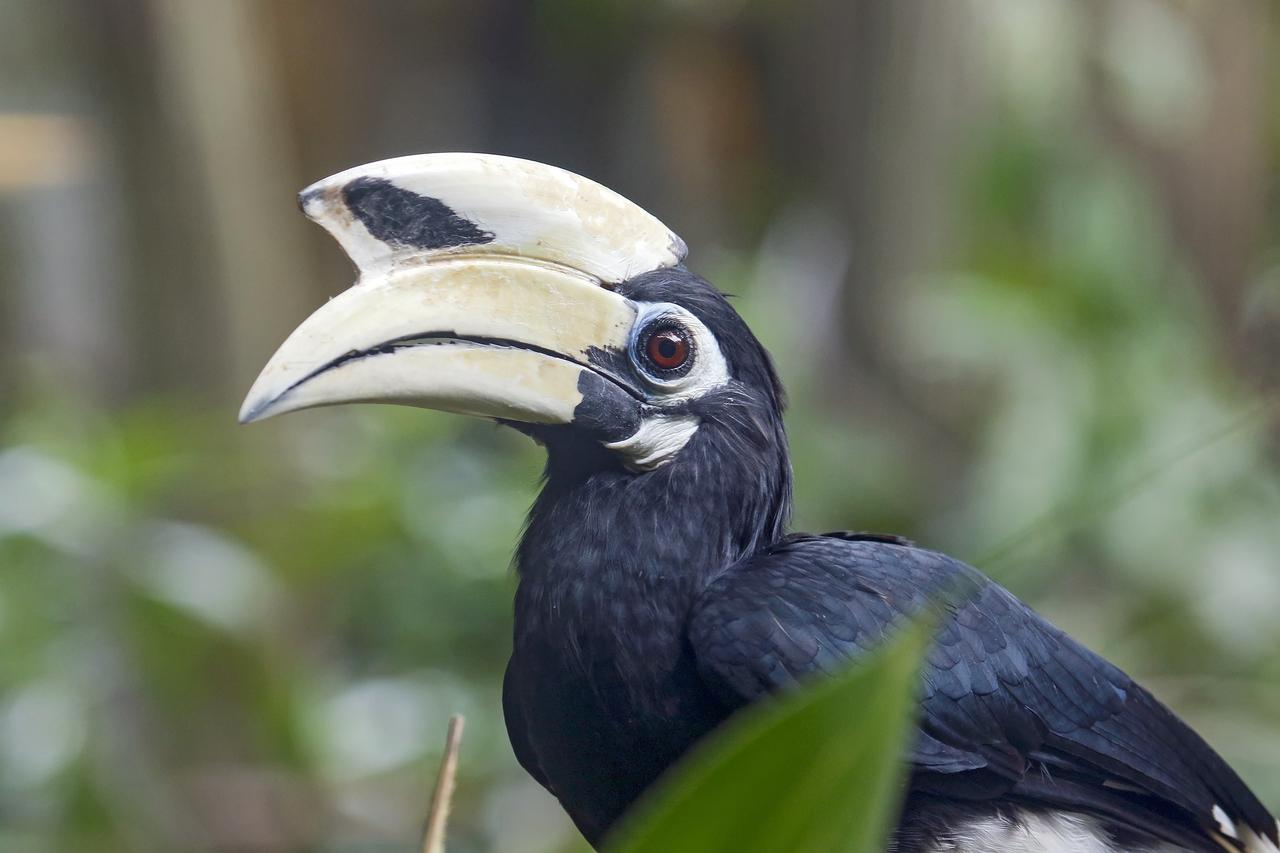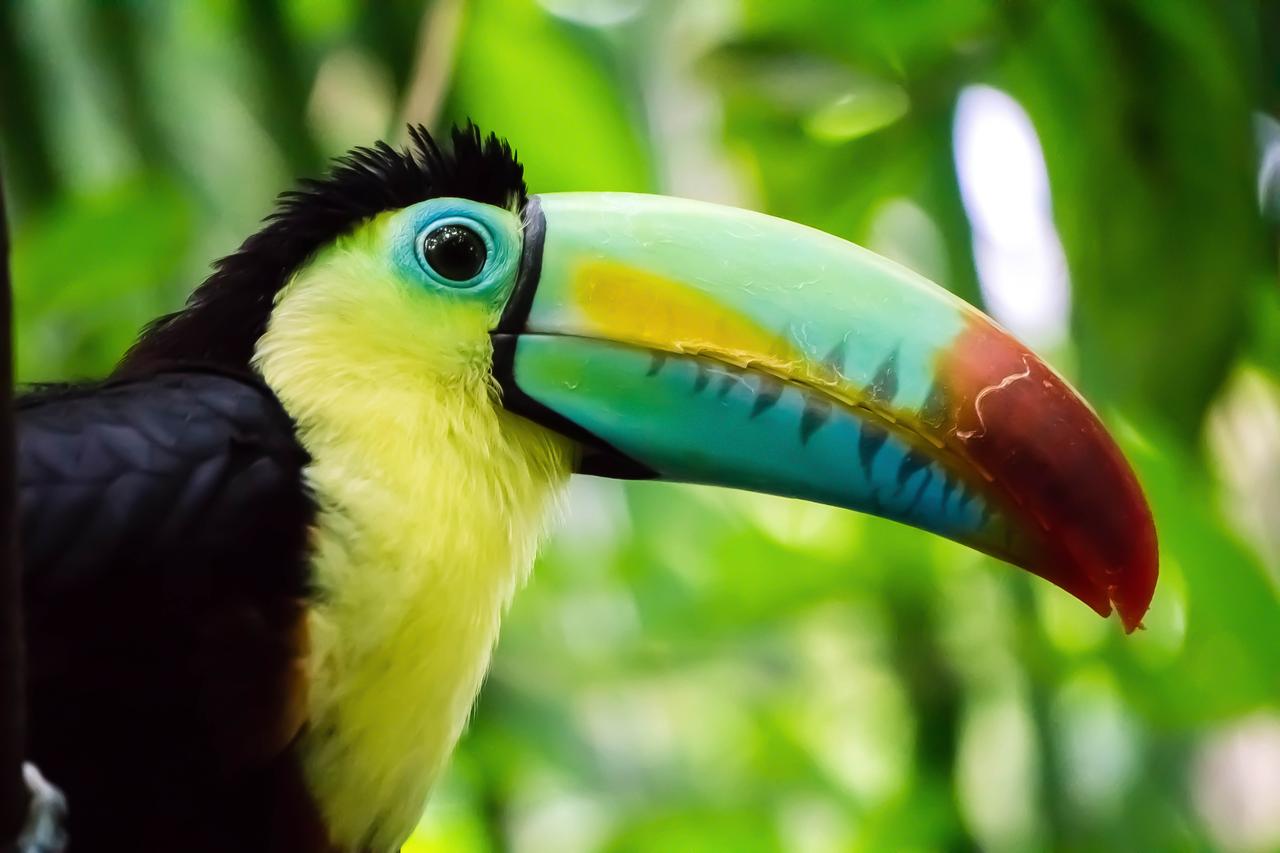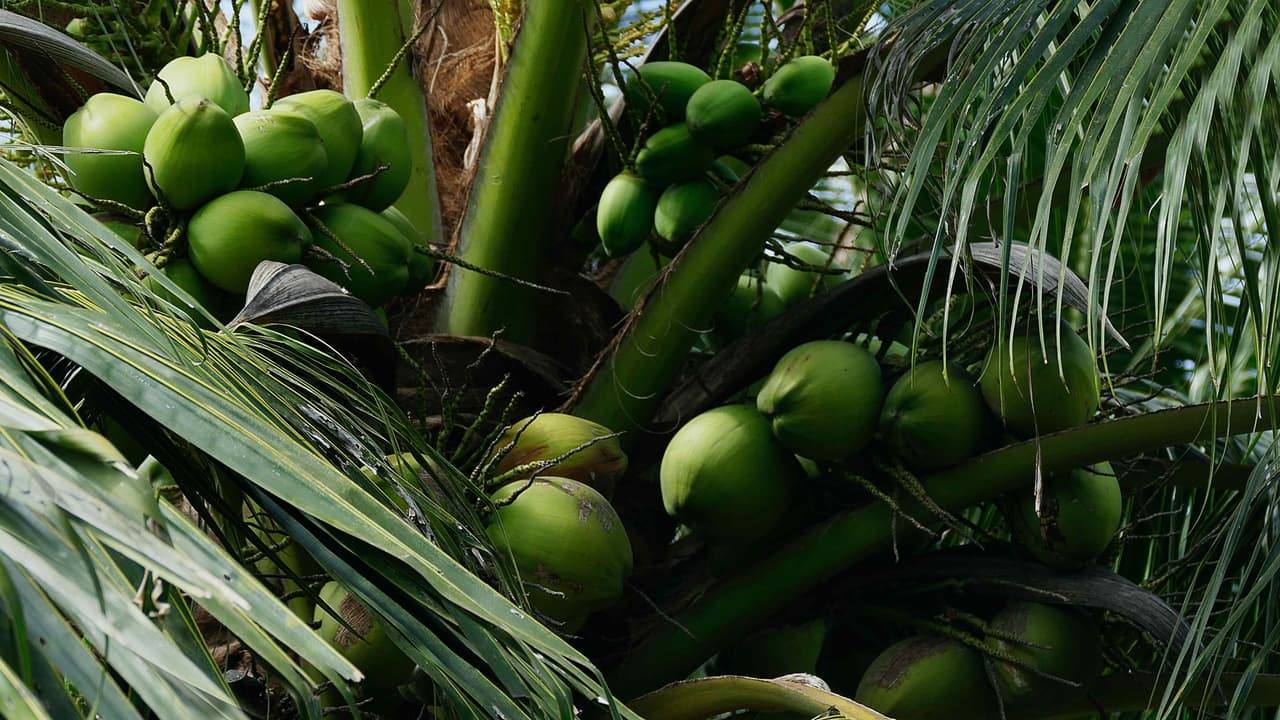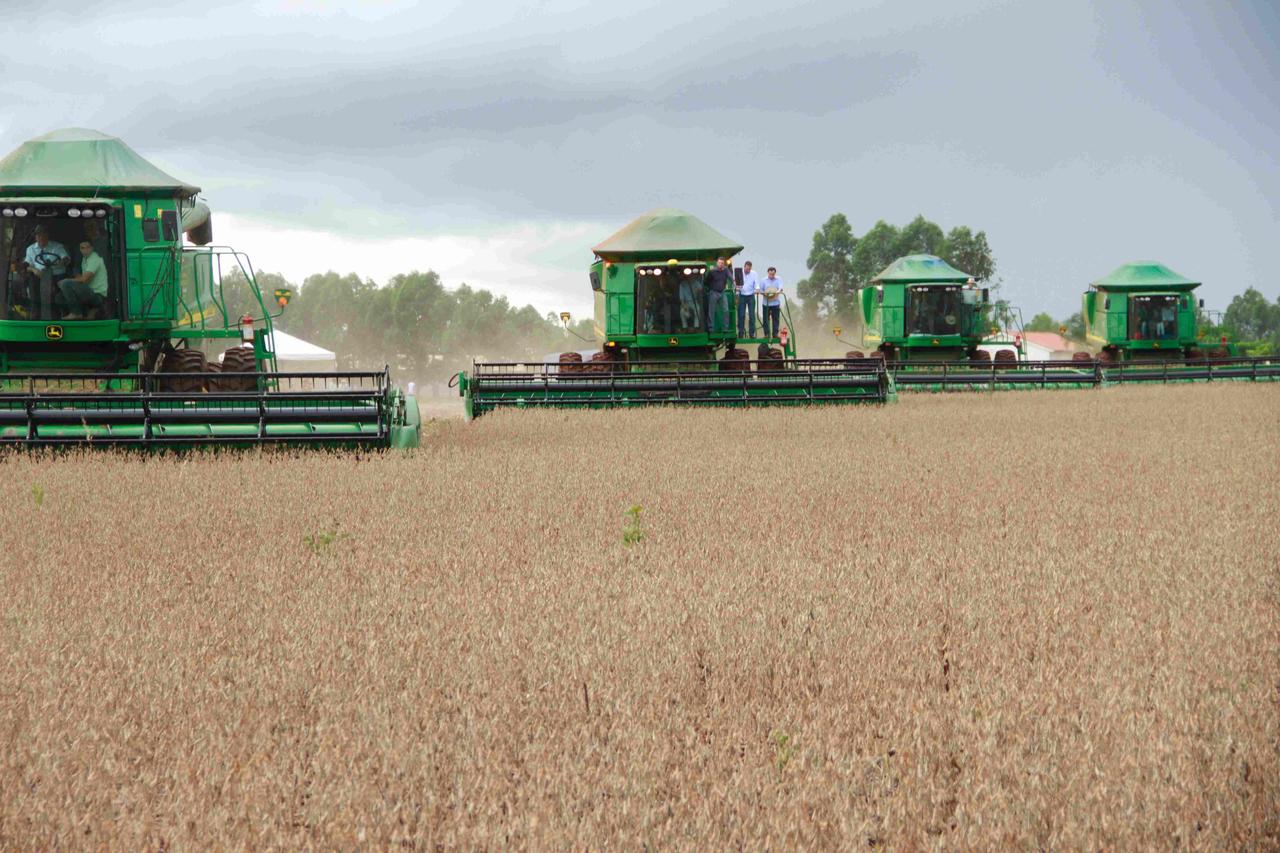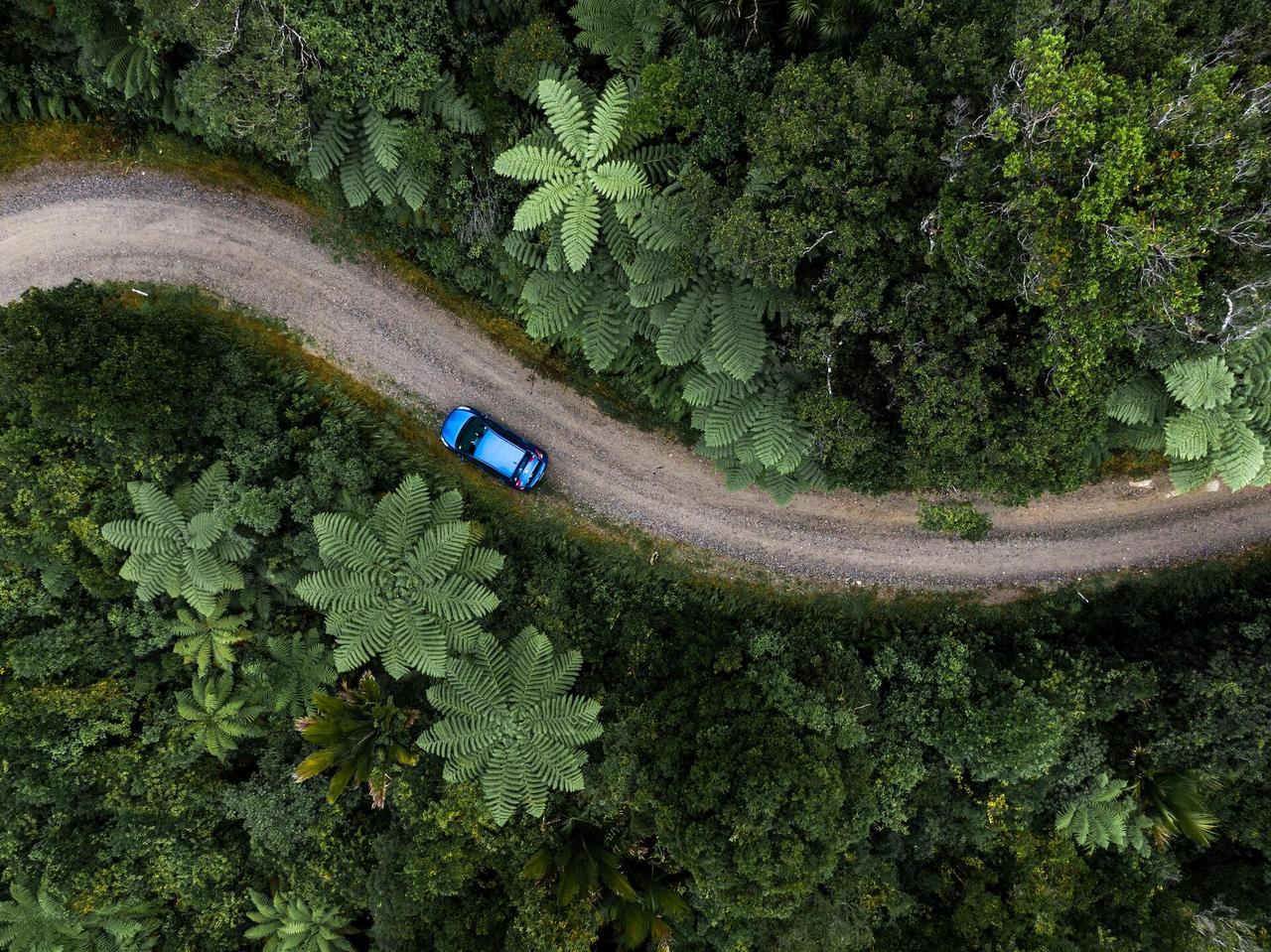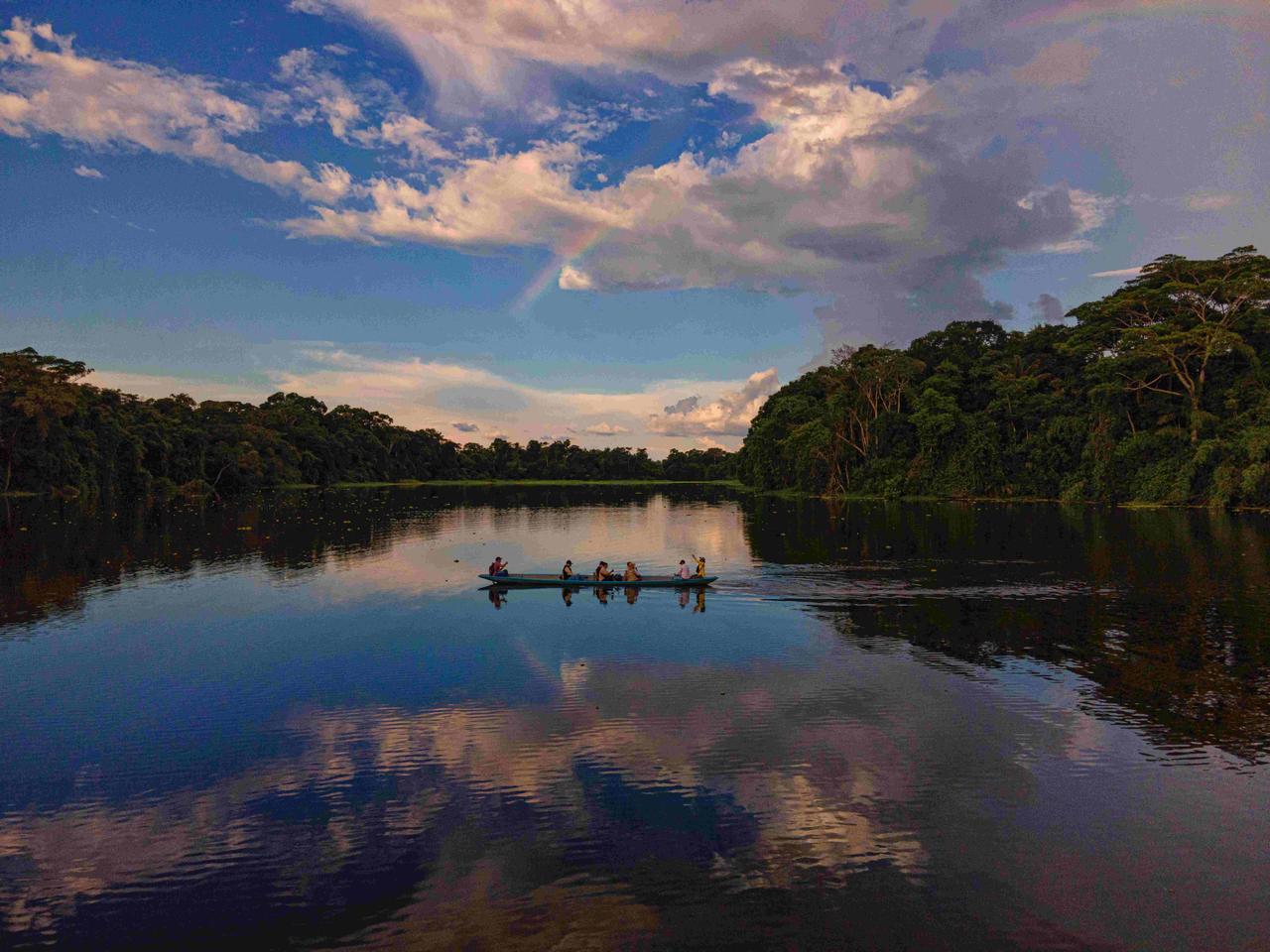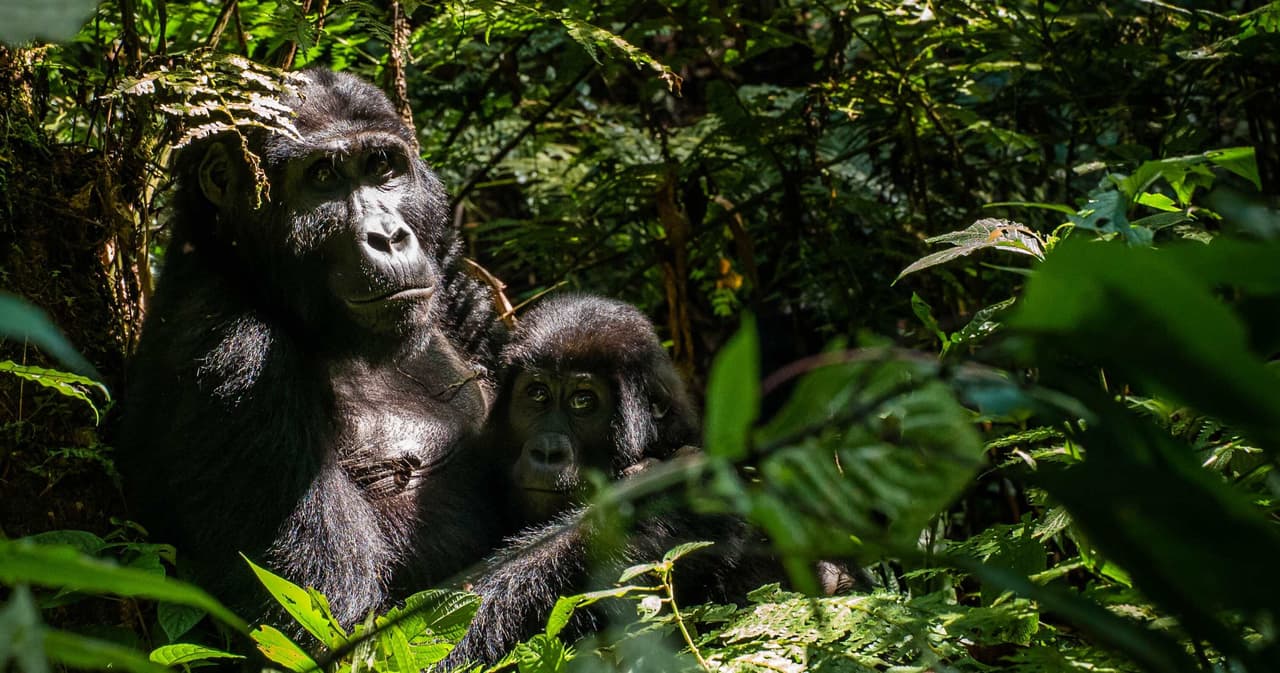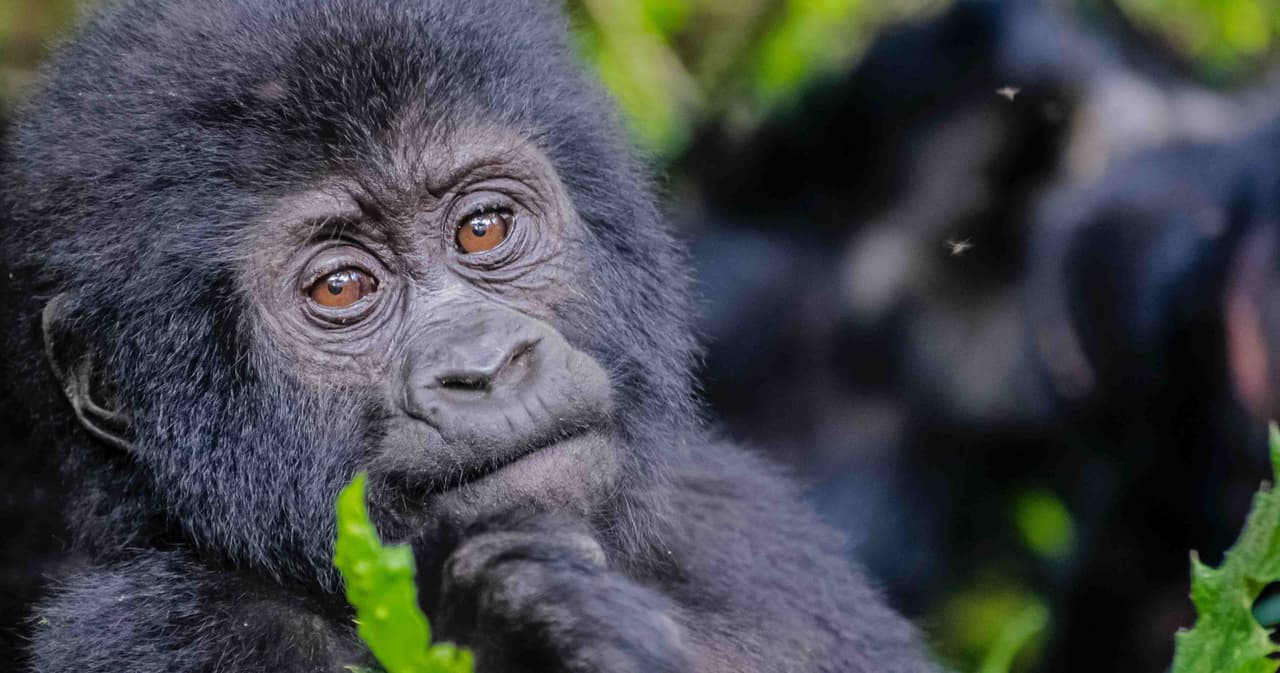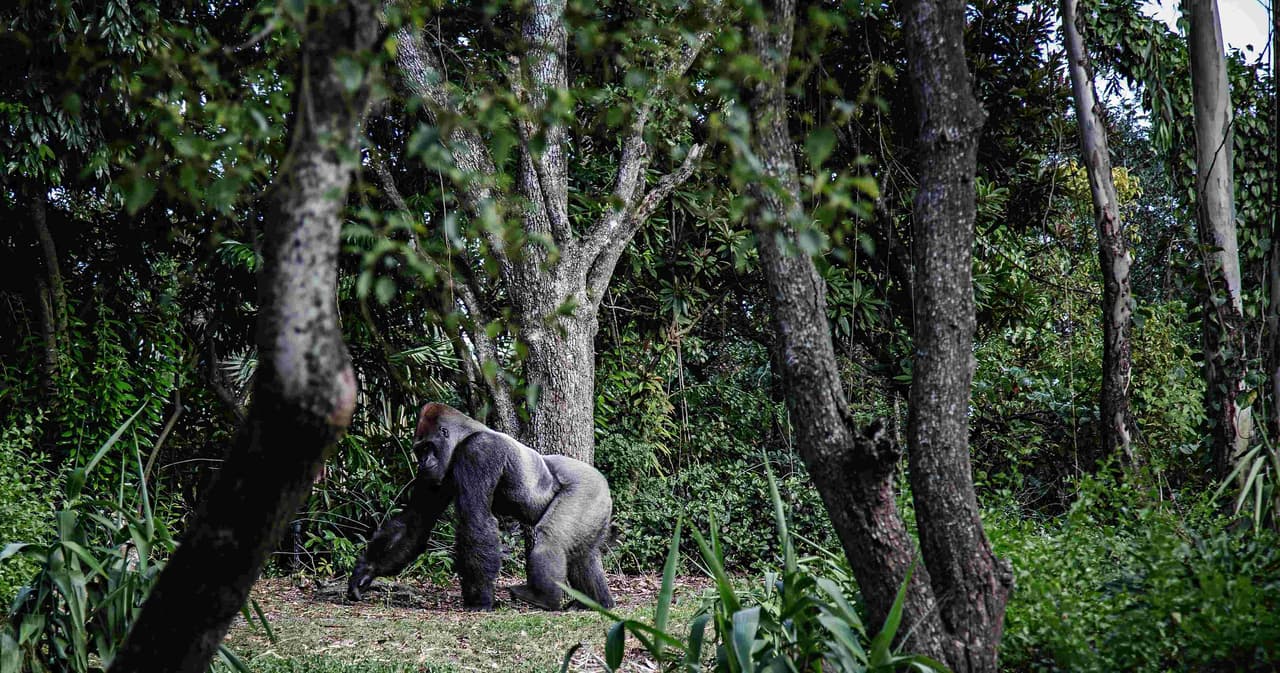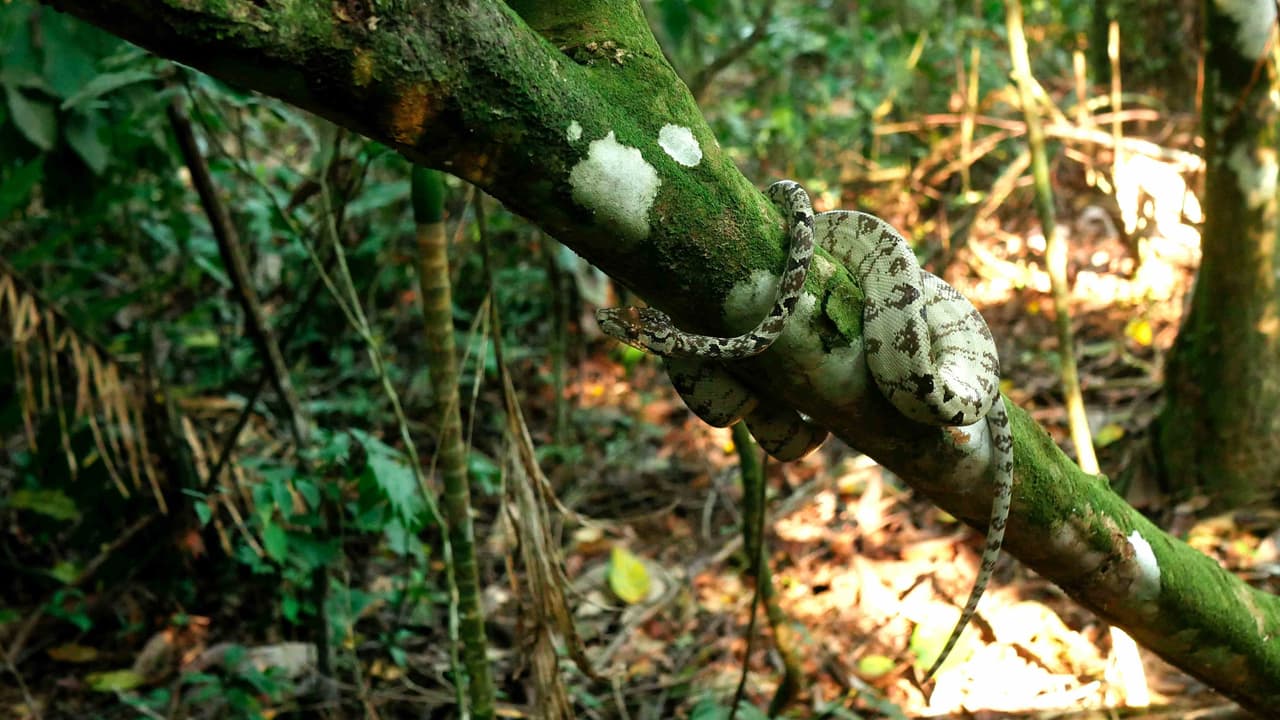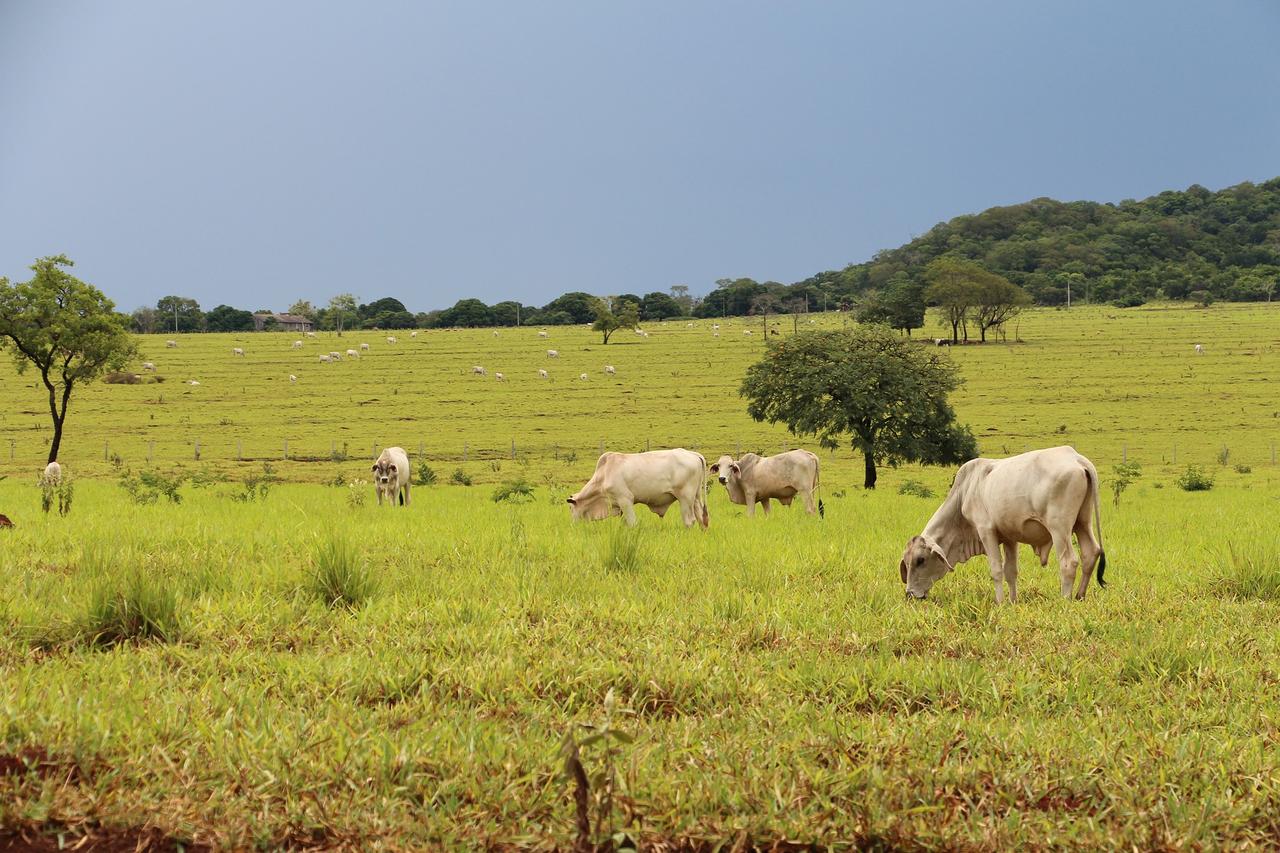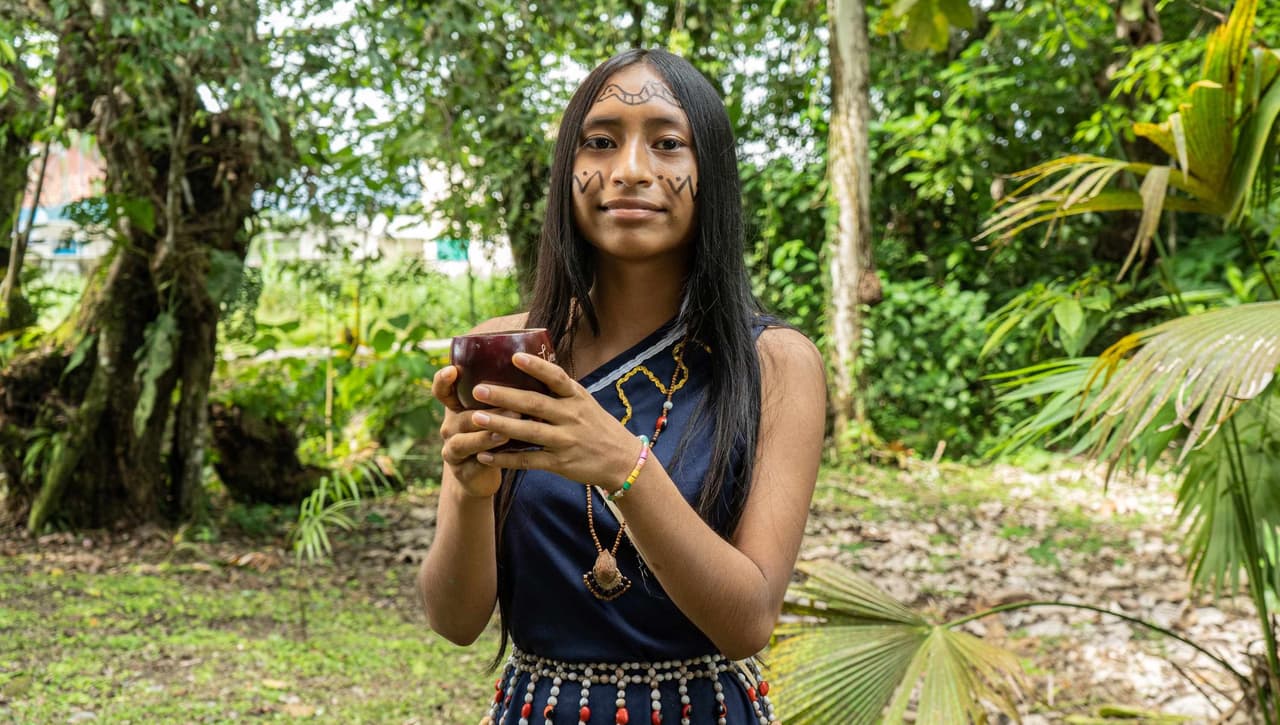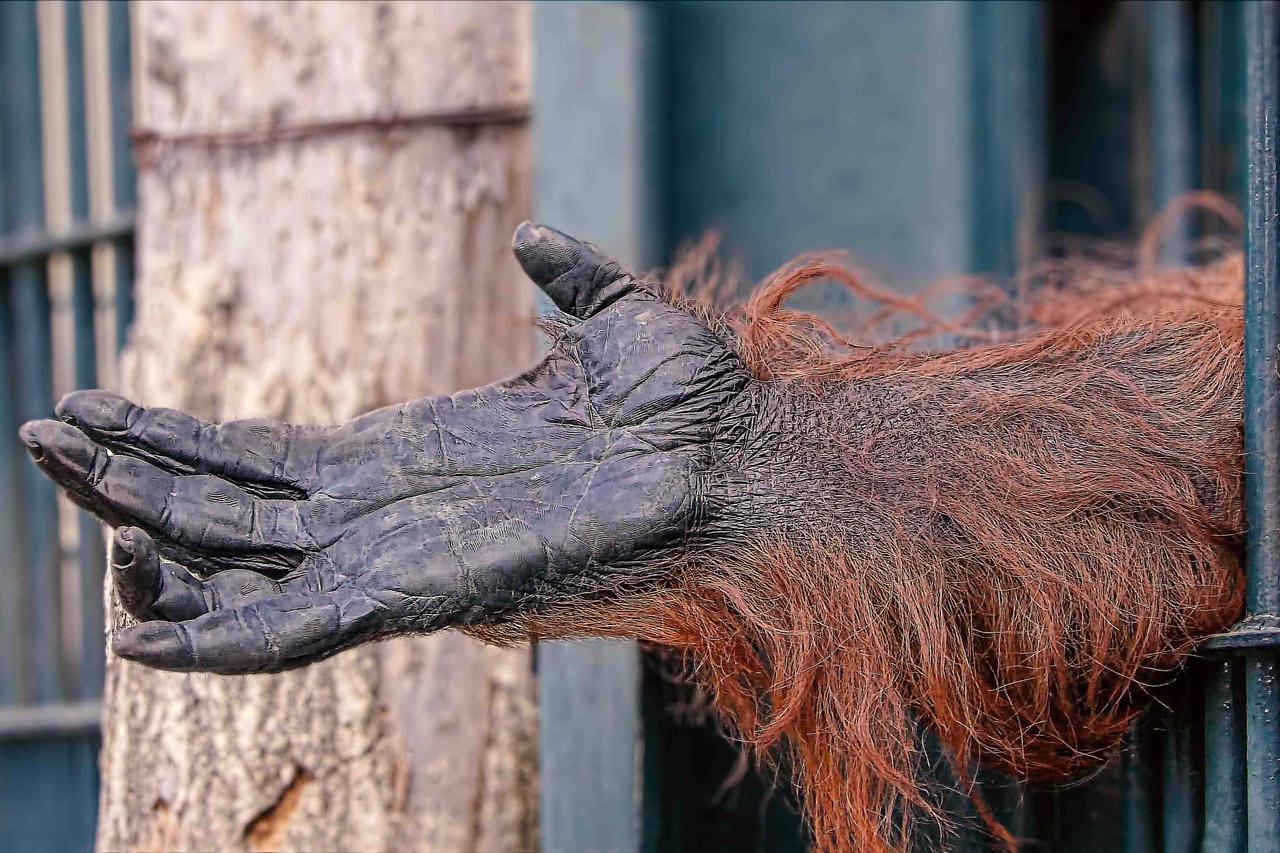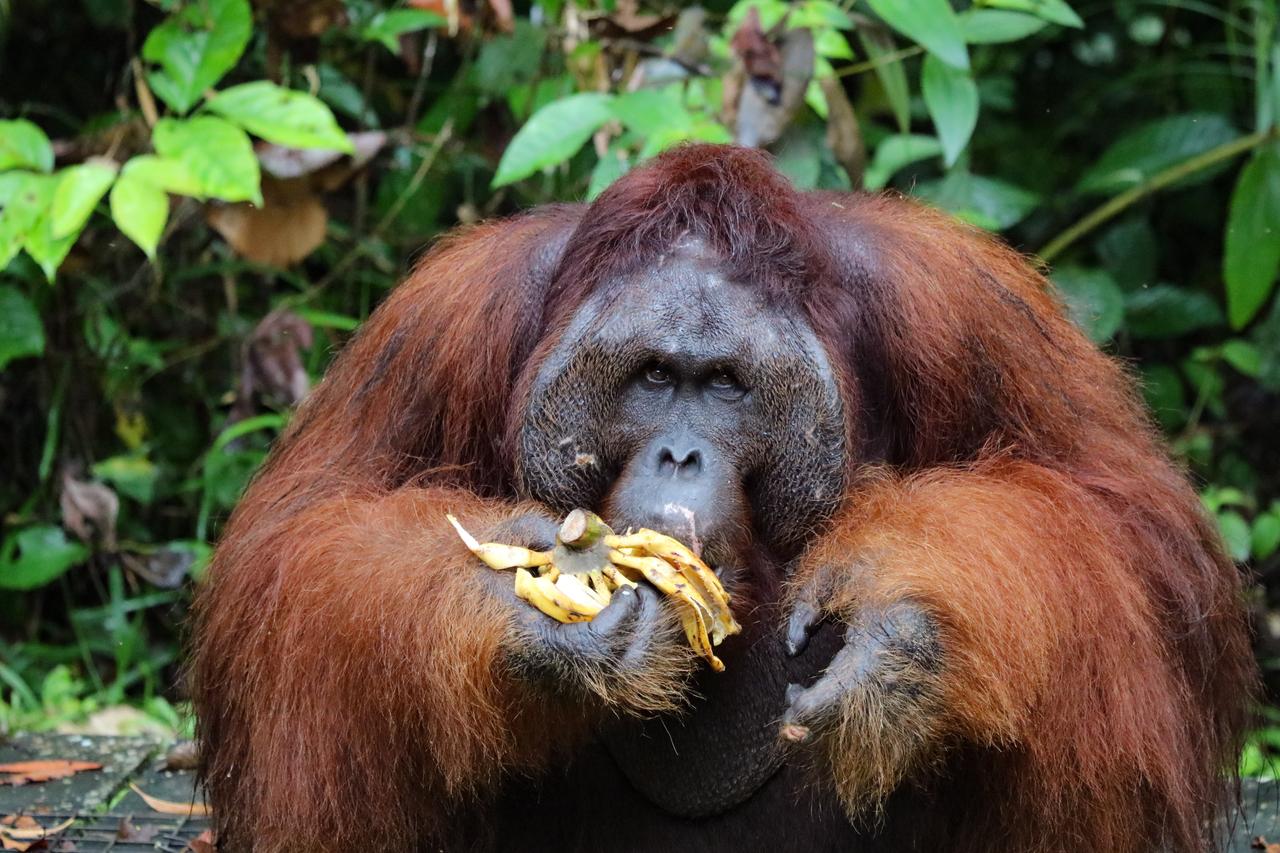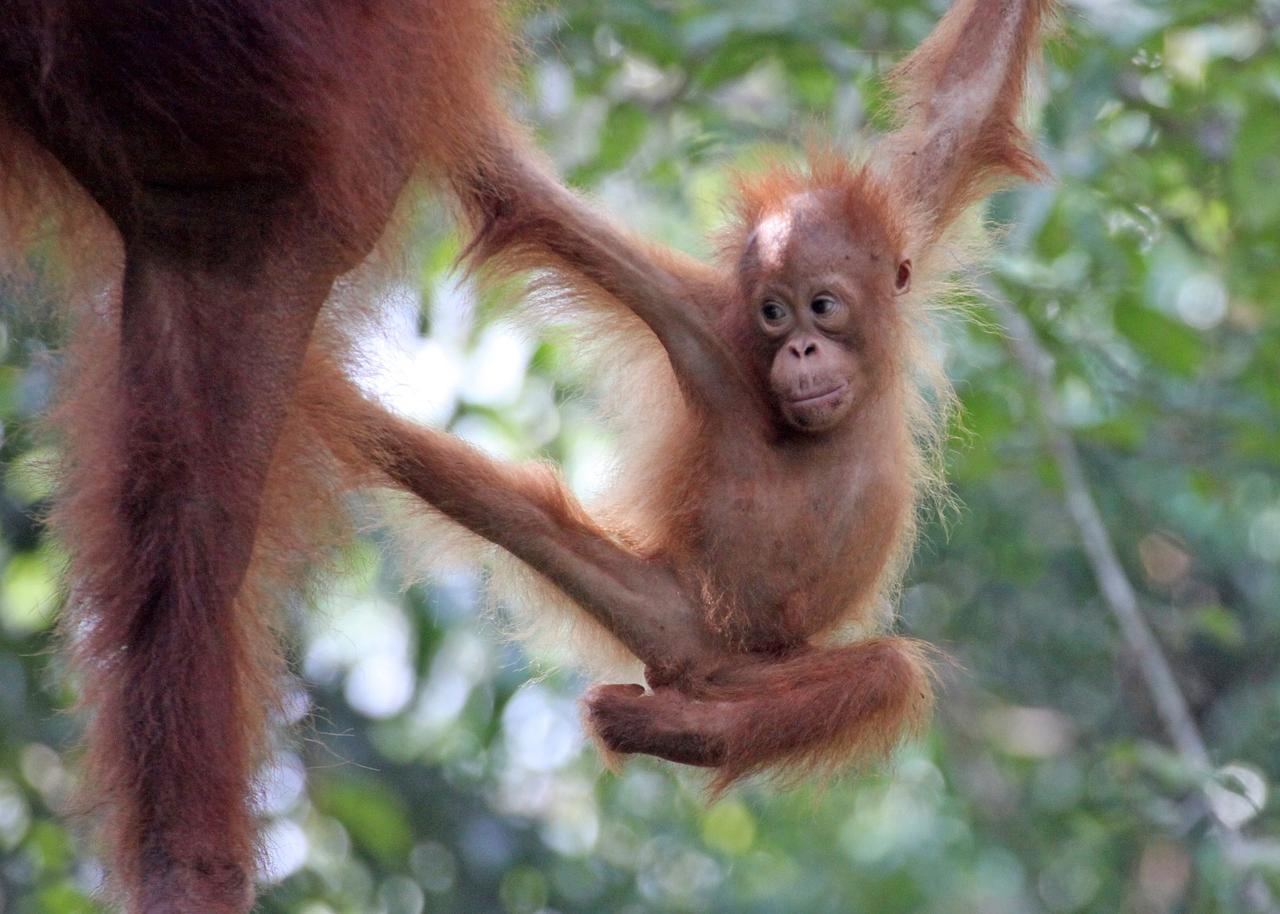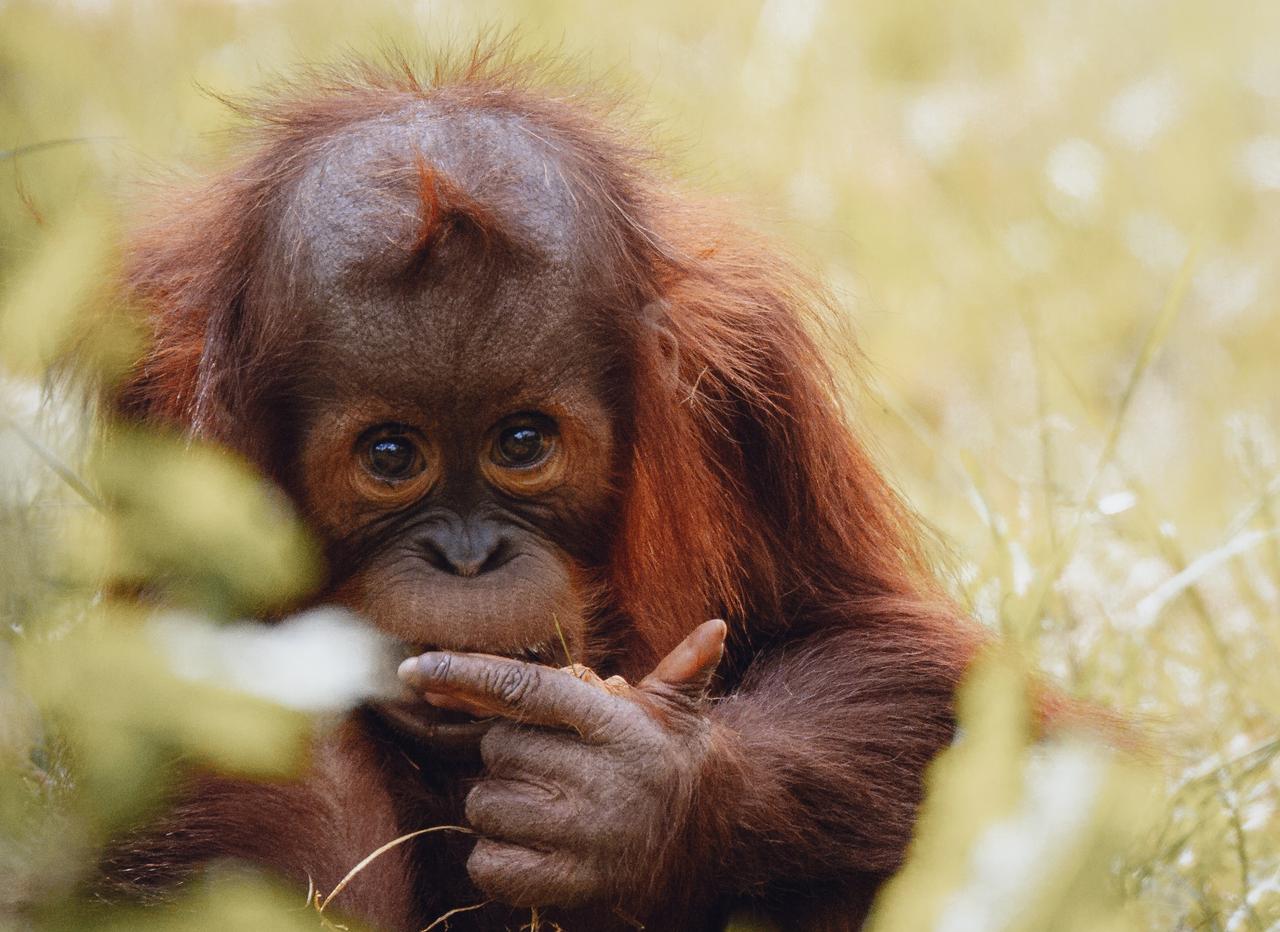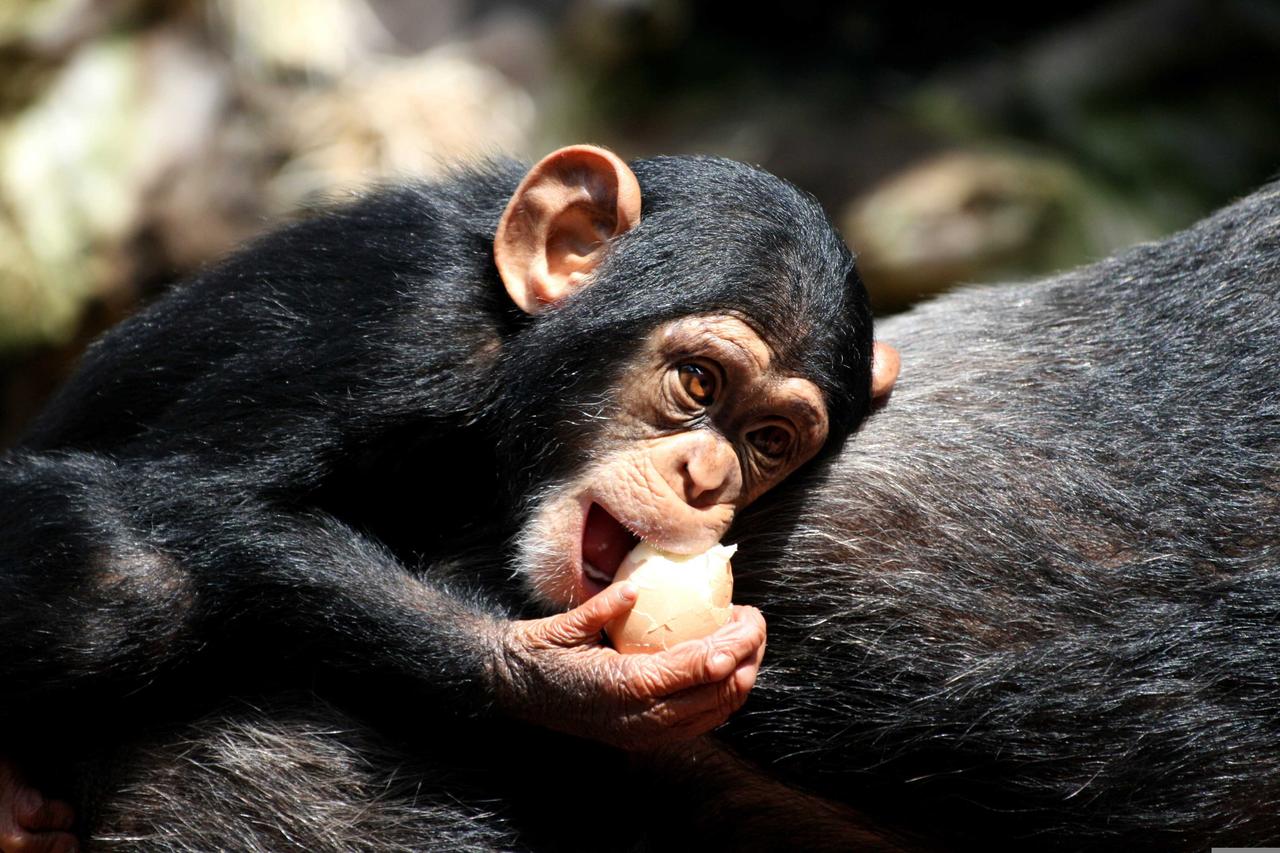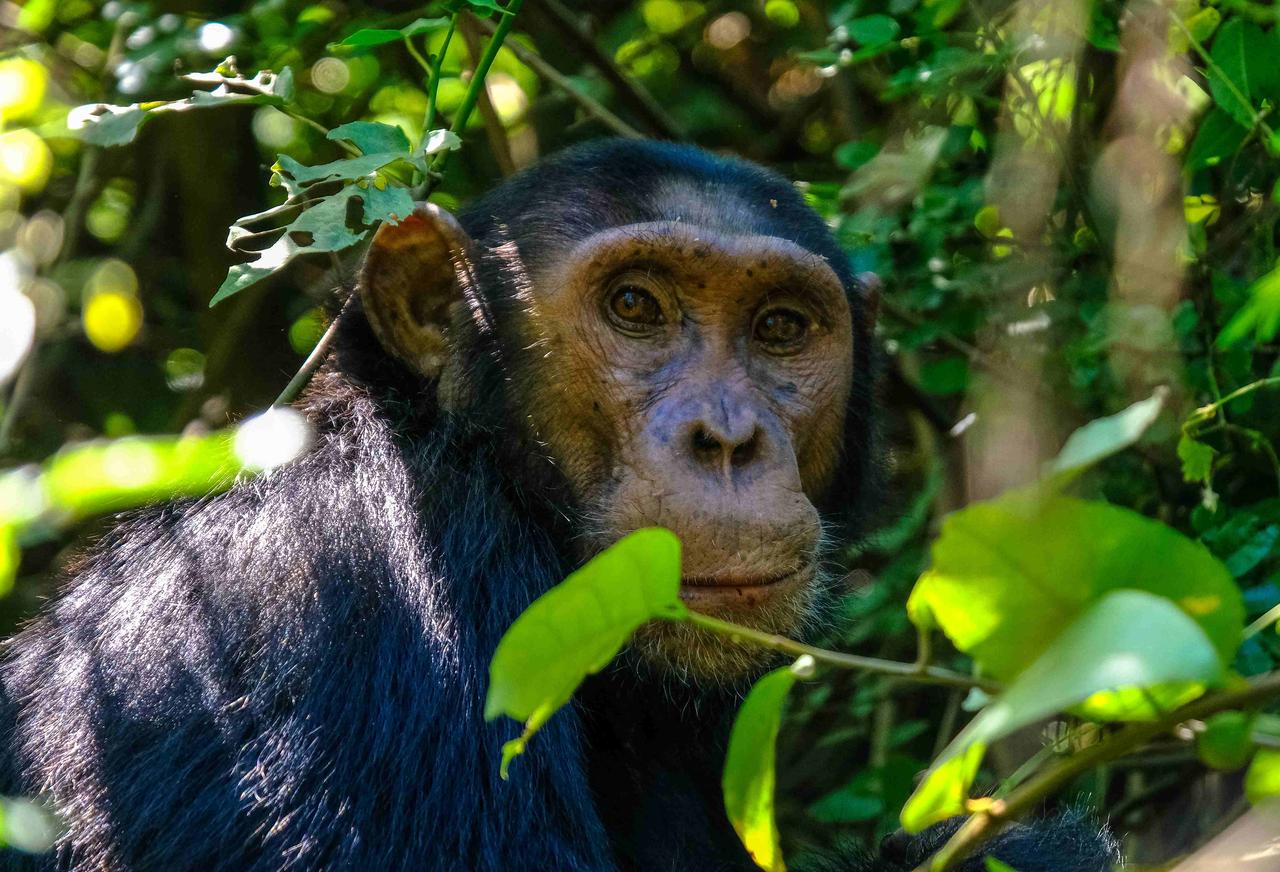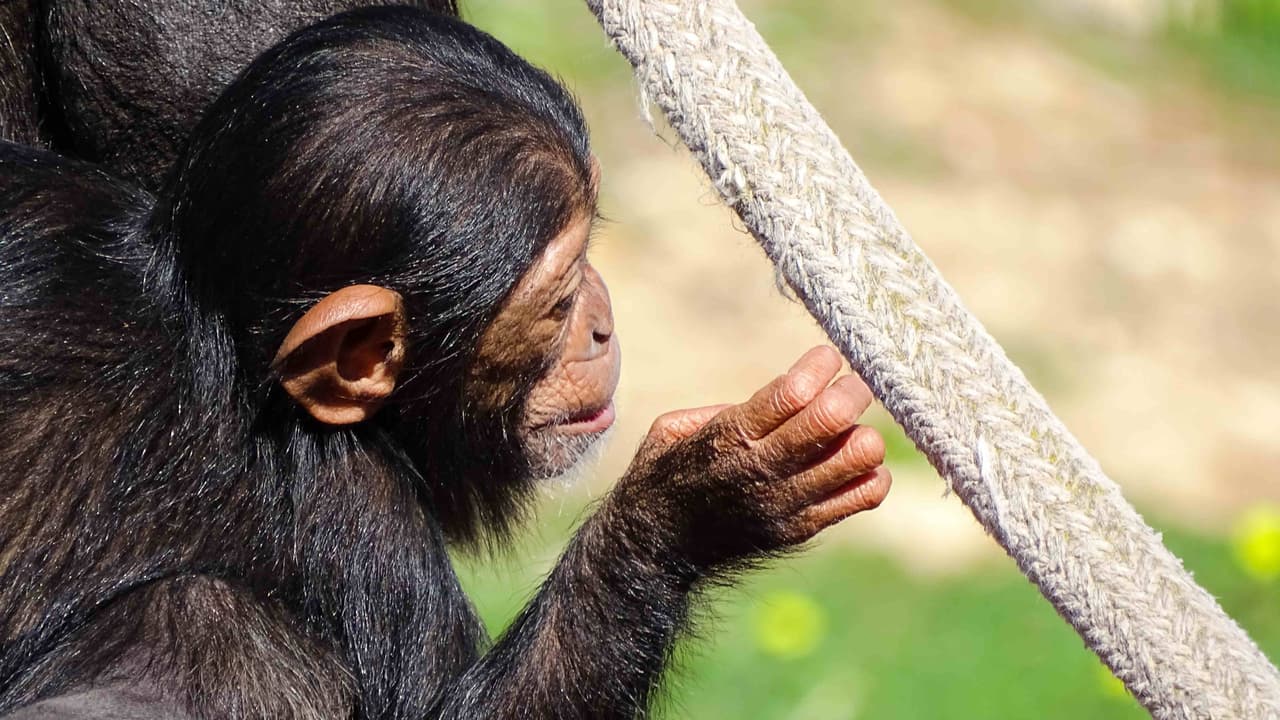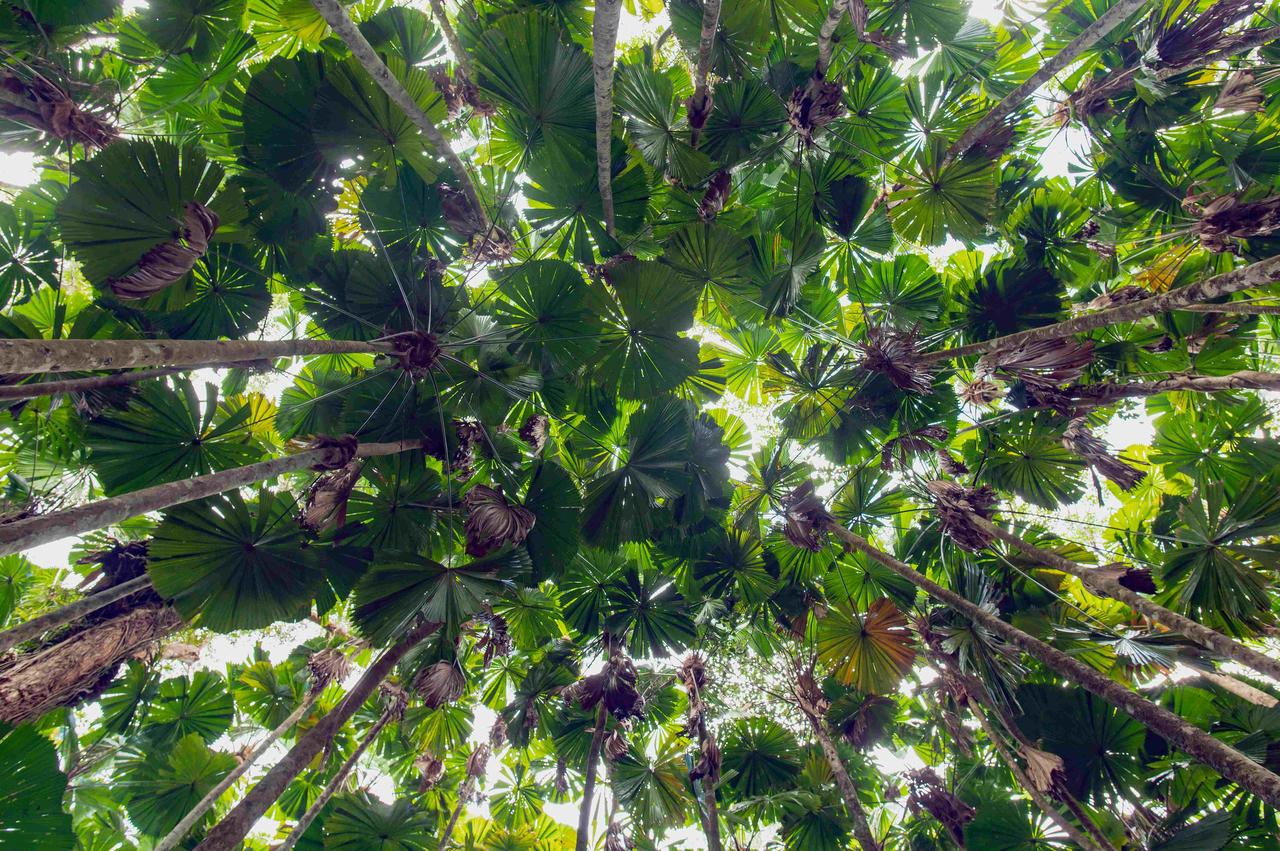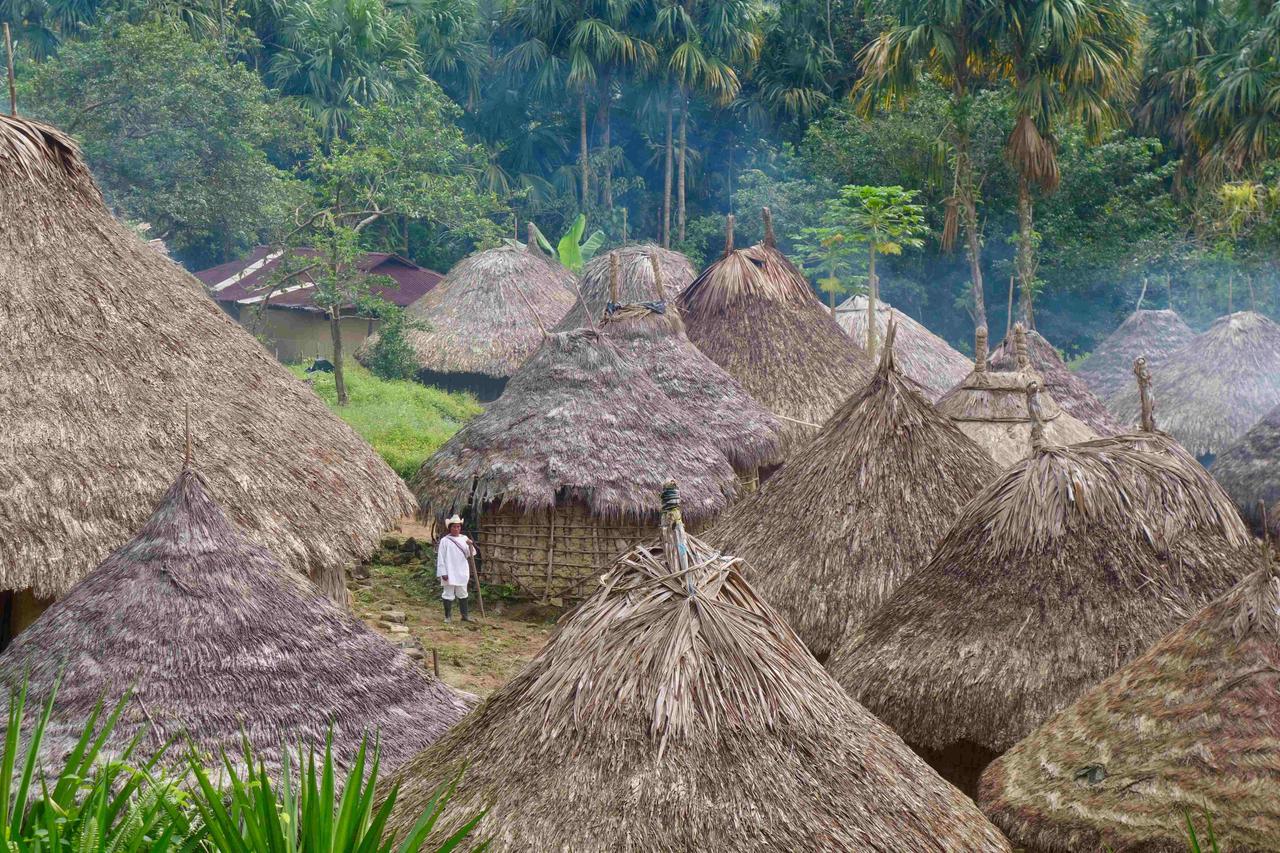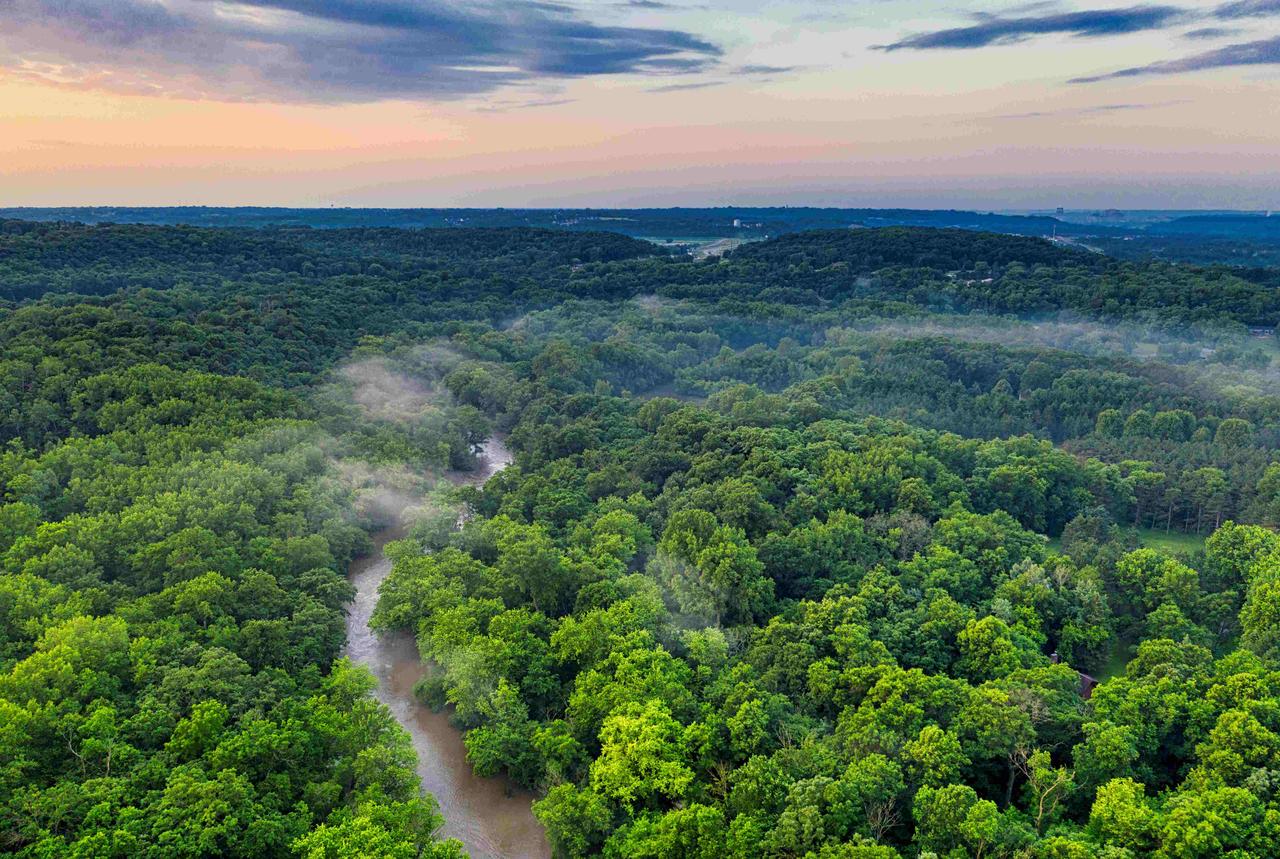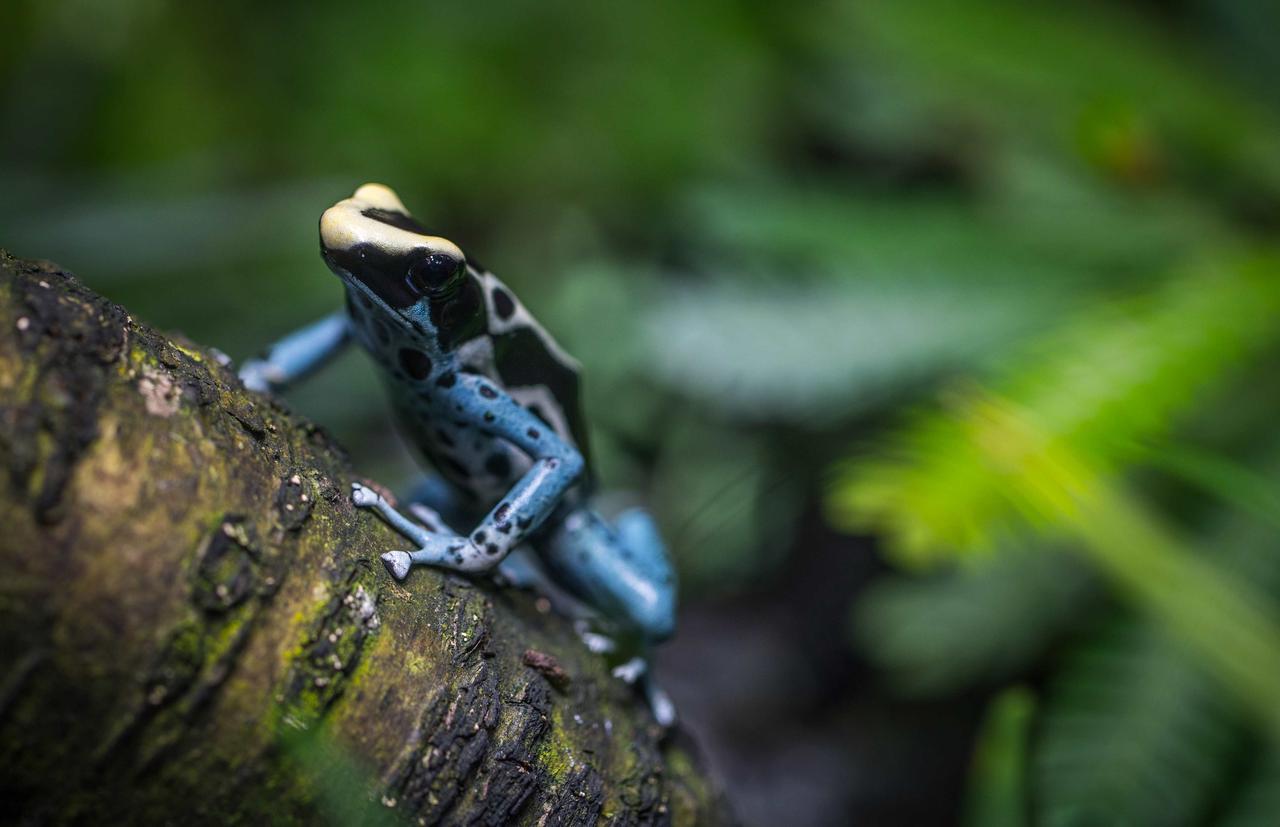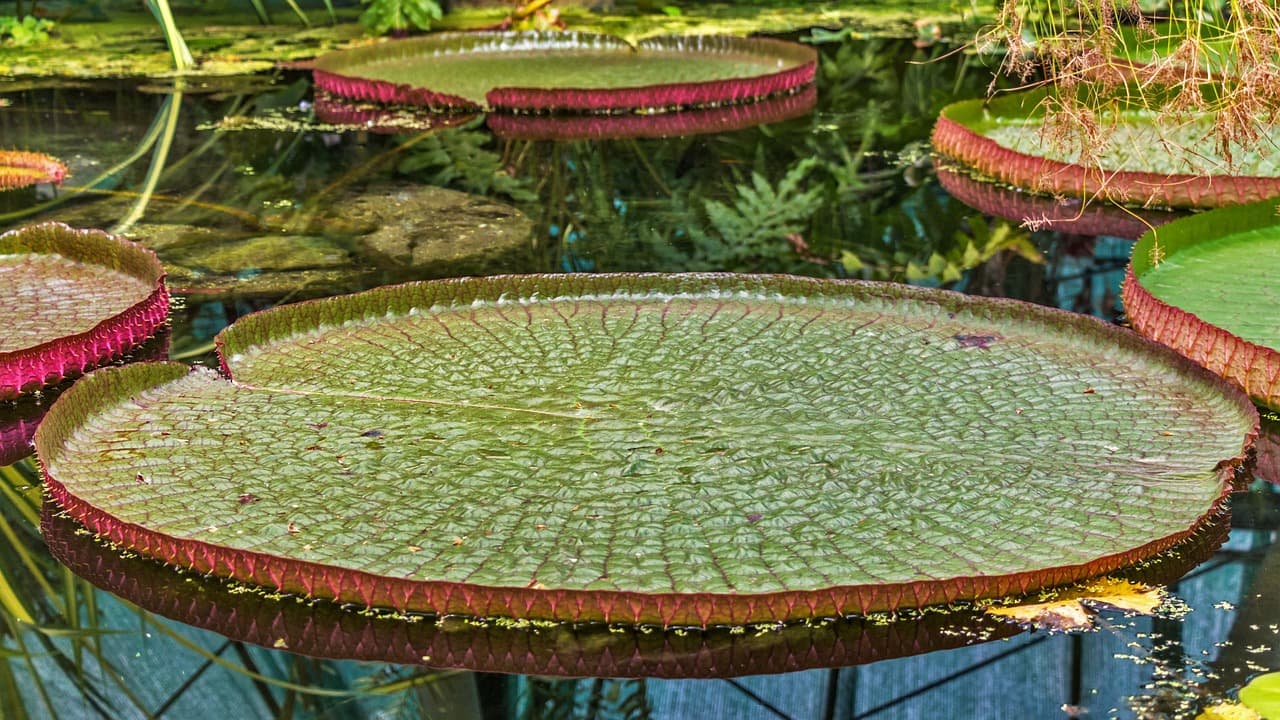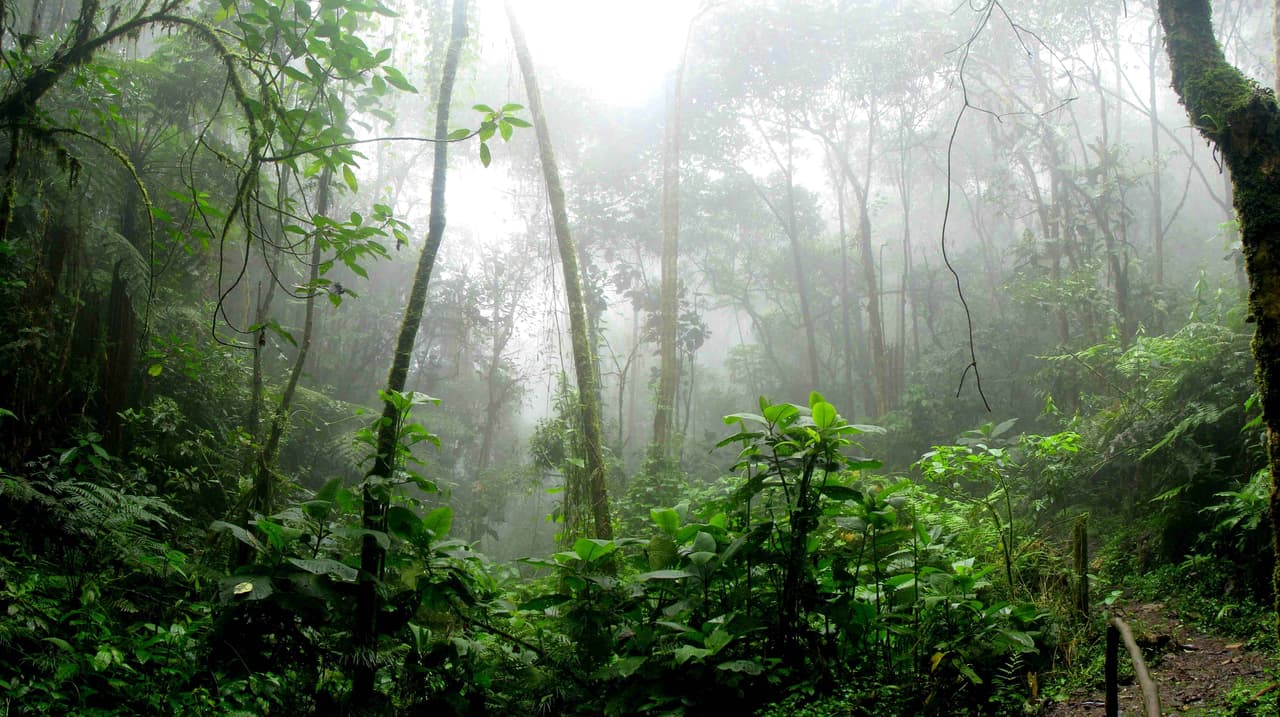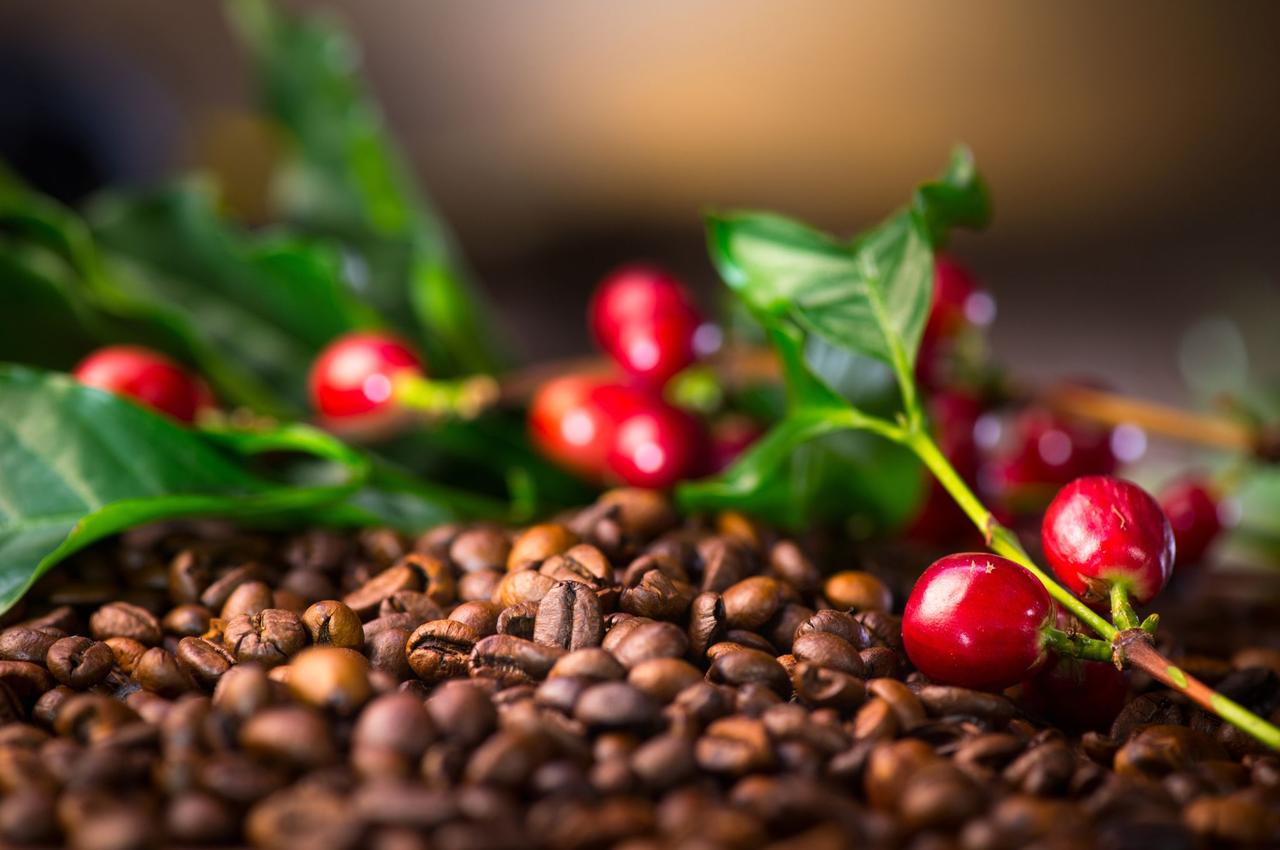
After oil, coffee is the world’s most valuable commodity, with $2 billion traded every year. But what’s the cost of getting this plant from farm to cup? Learn more.
Most of the world loves coffee — so much so that over 60% of adults worldwide consume this energizing drink. As we celebrate International Coffee Day, it's essential to recognize the importance of coffee and seek sustainable ways to produce it.
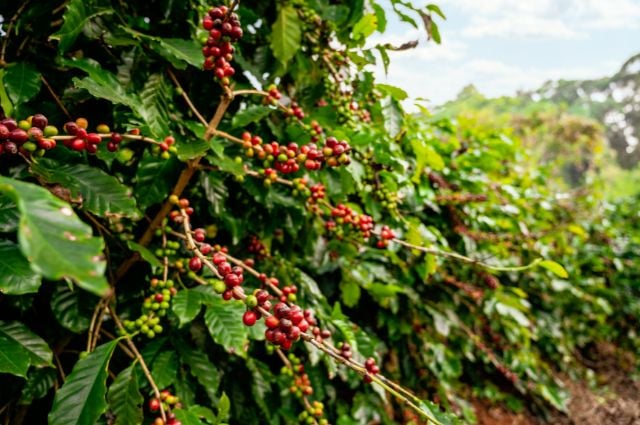
Coffee’s origins
Coffee grows naturally in the shady, tropical regions along the equator, primarily in what is known as the "Coffee Belt." This region spans countries in Central and South America, Africa, and Asia. Coffee plants thrive in these areas due to the ideal combination of temperature, altitude, and rainfall.
Did you know? Coffee is thought to have originated in Yemen when a goat herder noticed his goats becoming more energized after eating the fruits from coffee plants.
Coffee clears out
Over 50 years ago, in the 1970s, there was a significant shift in coffee harvesting methods. Farmers began favoring small coffee shrubs that could yield more without the need for shade. This change led to widespread deforestation as large tracts of land were cleared to make way for sun-grown coffee plantations, which also relied heavily on chemical fertilizers.
Sustainability in every cup
This approach to coffee farming disrupts local ecosystems, reduces biodiversity, and harms the environment. Fortunately, there is a growing movement towards more sustainable coffee production practices — and you can contribute to it.
Choose coffee from sustainable sources by purchasing products labeled as Fair Trade and support organizations that prioritize sustainable coffee production. Your donations can make a real difference in protecting rainforests and supporting the rights of local communities.
